In reading yesterday, we started off by recapping our automaticity words. These are words we’ve been learning to read by sight. Children threw the ball to each other and had to read the word that was closet to their right thumb.
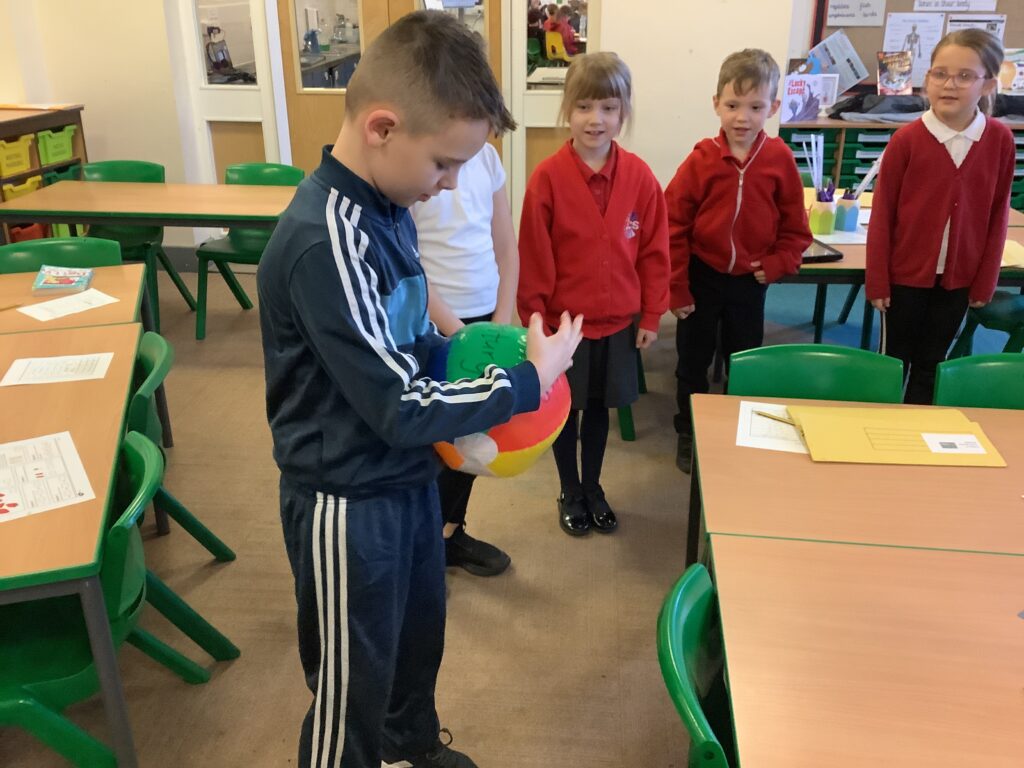
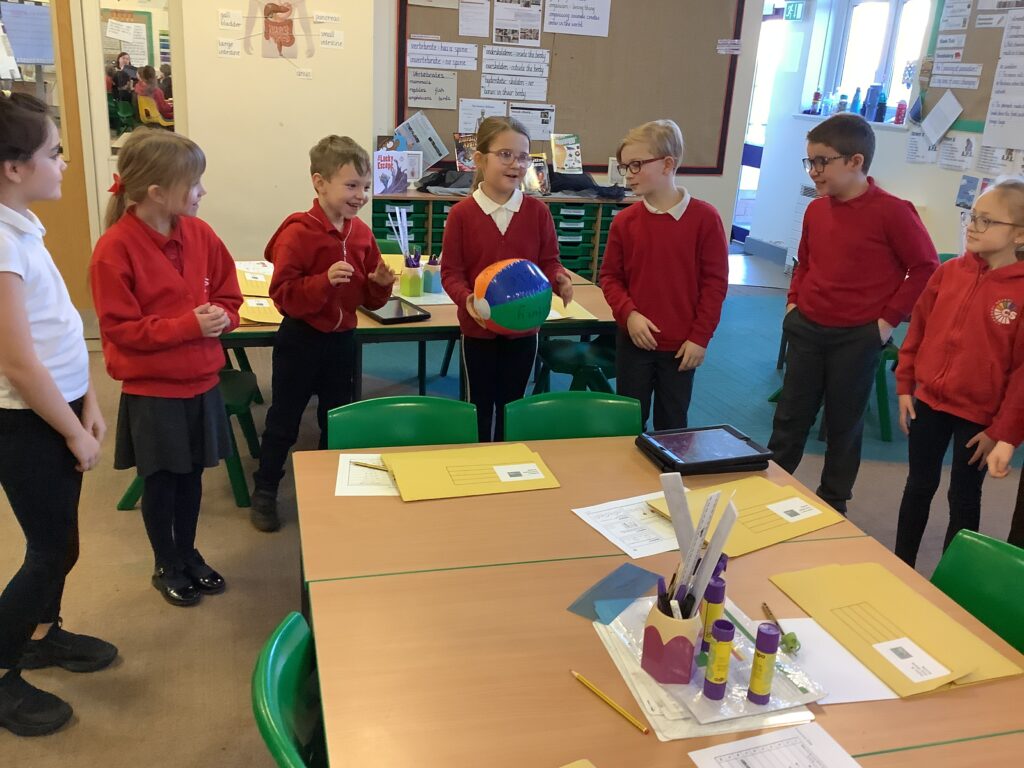

In reading yesterday, we started off by recapping our automaticity words. These are words we’ve been learning to read by sight. Children threw the ball to each other and had to read the word that was closet to their right thumb.



Today we used the text well to find answers in our reading lesson. We used our skimming and scanning skills along with APE to answer questions in our reasons to read. We worked well with our partner searching for clues and backing up our answers with evidence from the text. Our exit ticket allowed us to order events from the story.
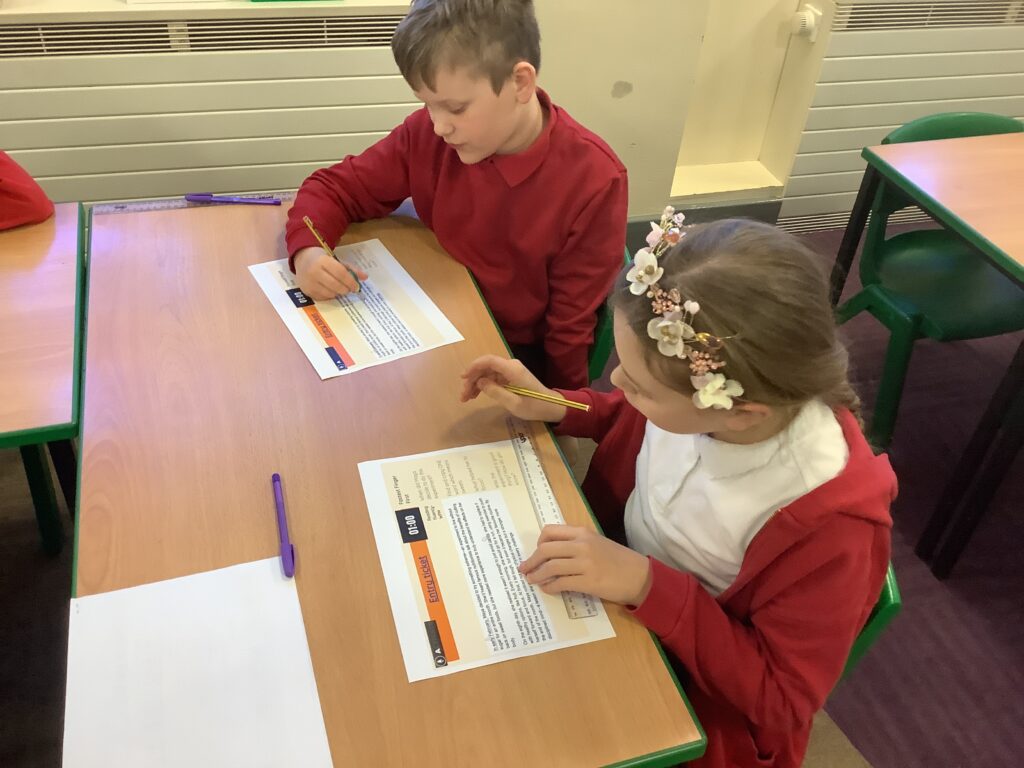

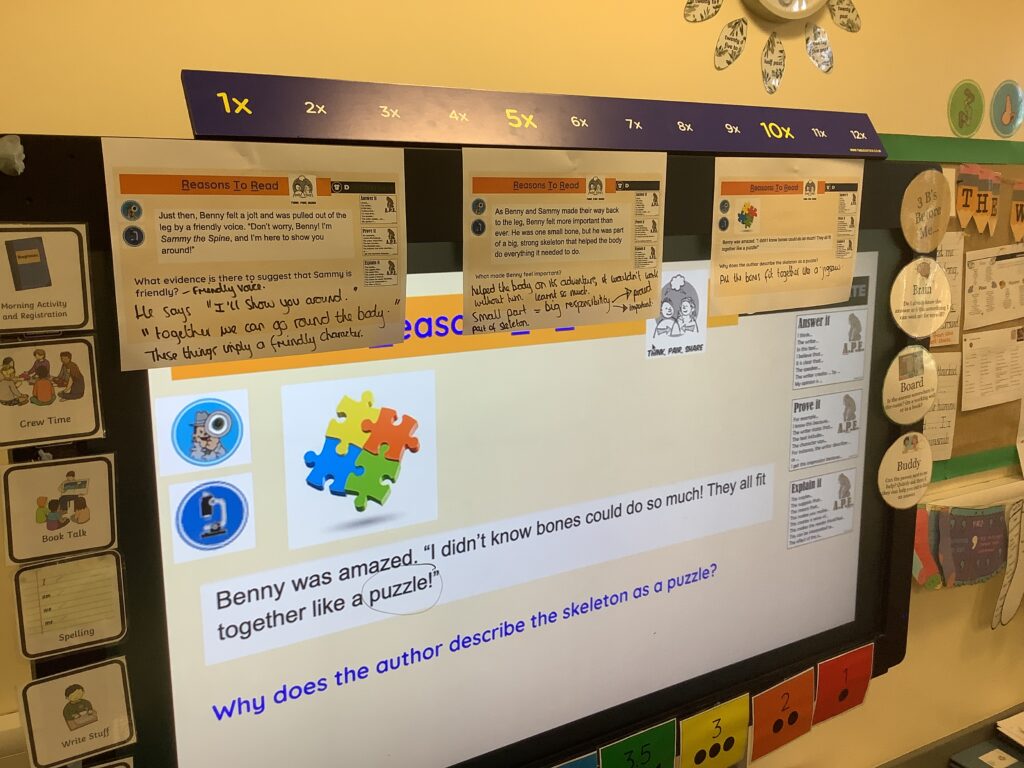
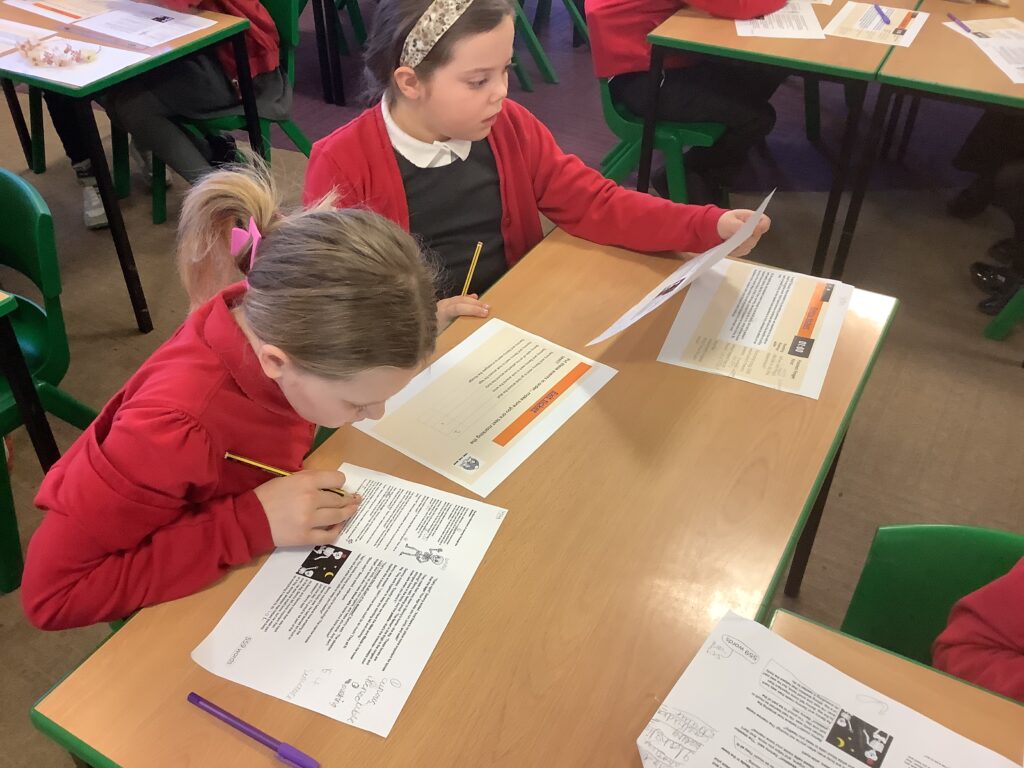
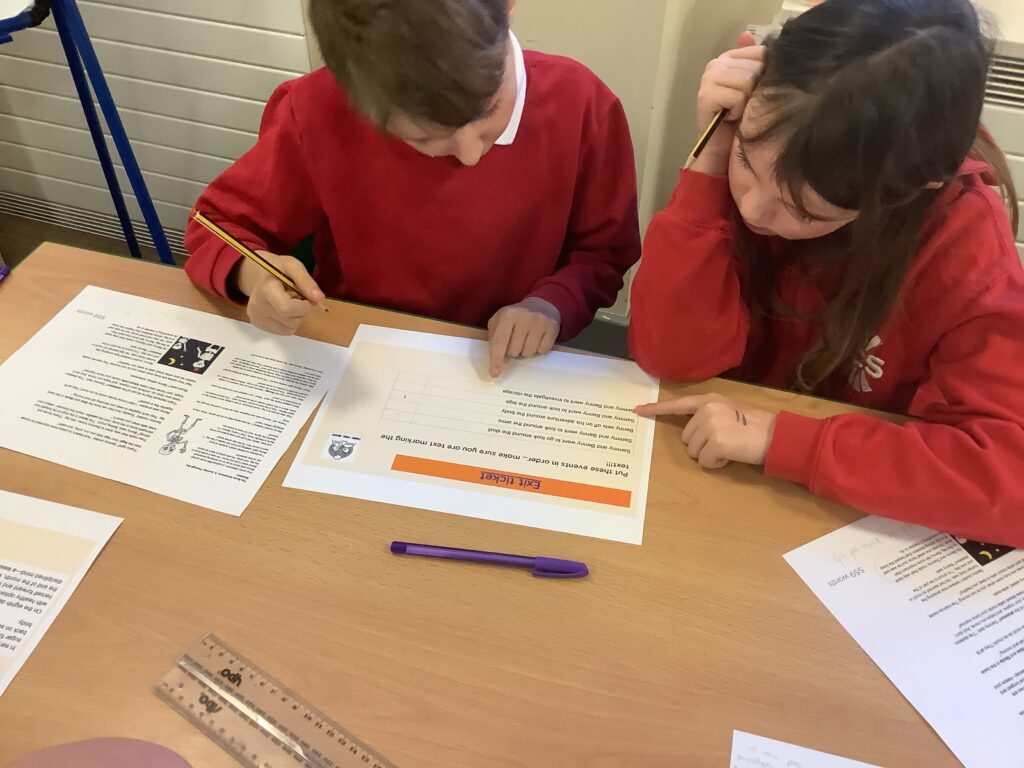

In our expedition lesson (science), we have been learning about grouping animals. We learned (through some reading) that the scientific word for this is taxonomy and that the reason we do this is because we like things to be organised and orderly.
We discussed some ways that animals could be grouped and looked at some examples. Children then had an opportunity to group some animals using a Venn diagram. After this, they were given a larger group of animals where they worked in pairs to decide how they could be grouped. Children were able to show a good understanding of how they could be grouped differently and it was great to see them using language such as vertebrate, invertebrate, mammals, warm blooded or cold blooded. We’re now ready to move on to classification.
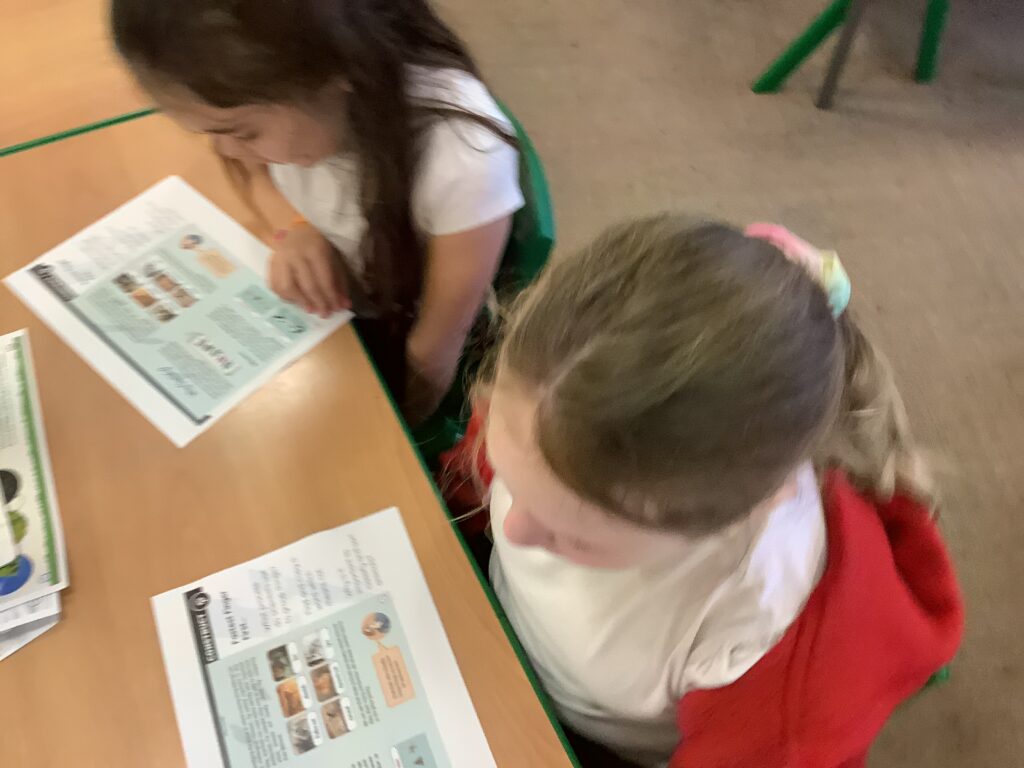
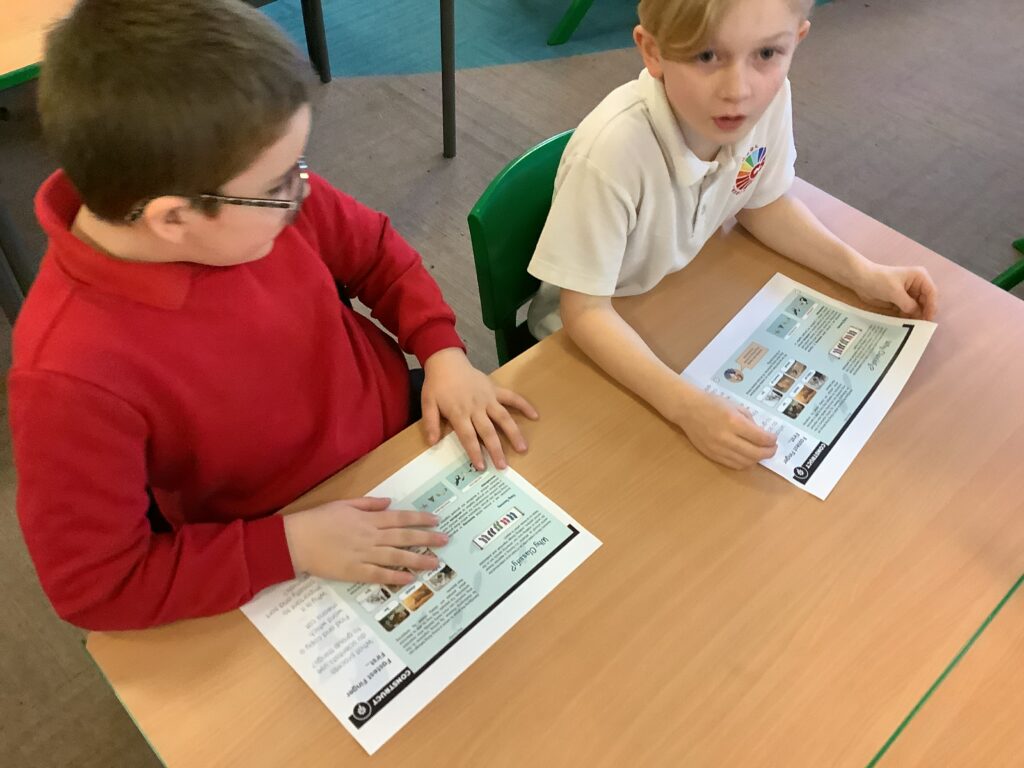
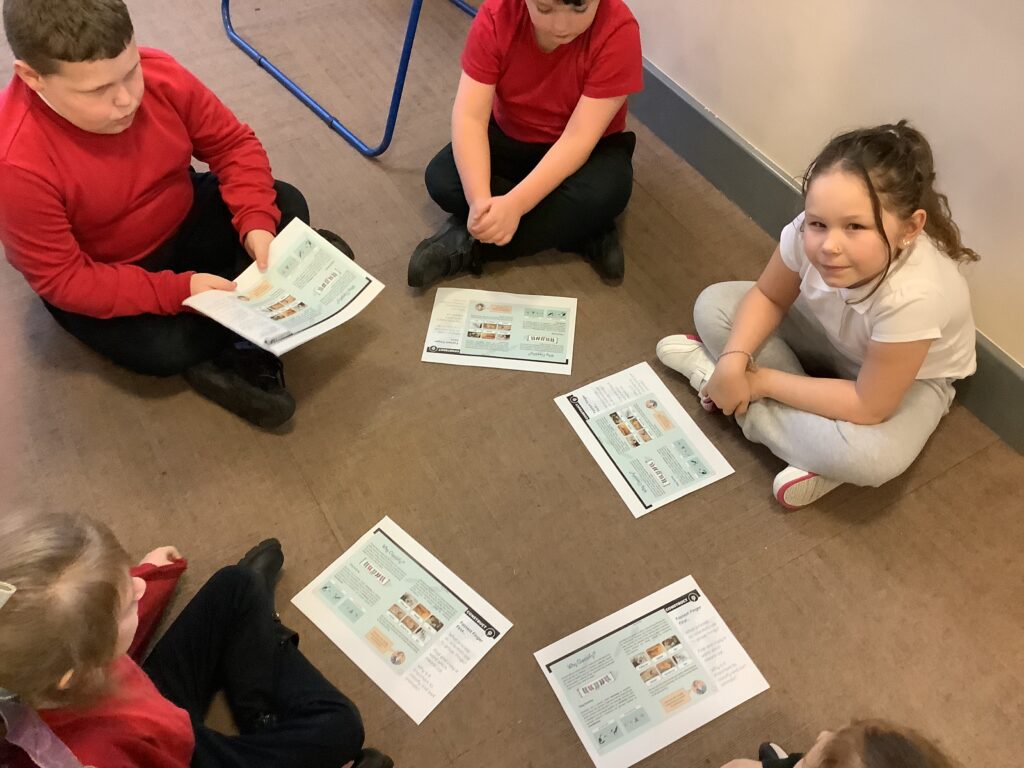
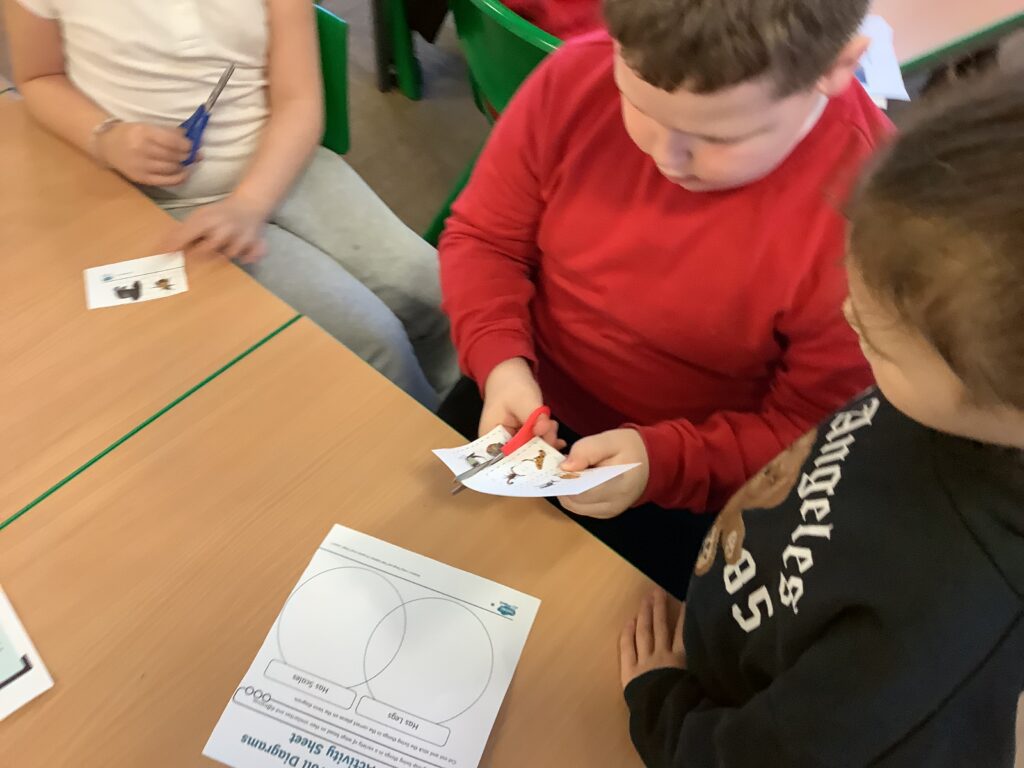
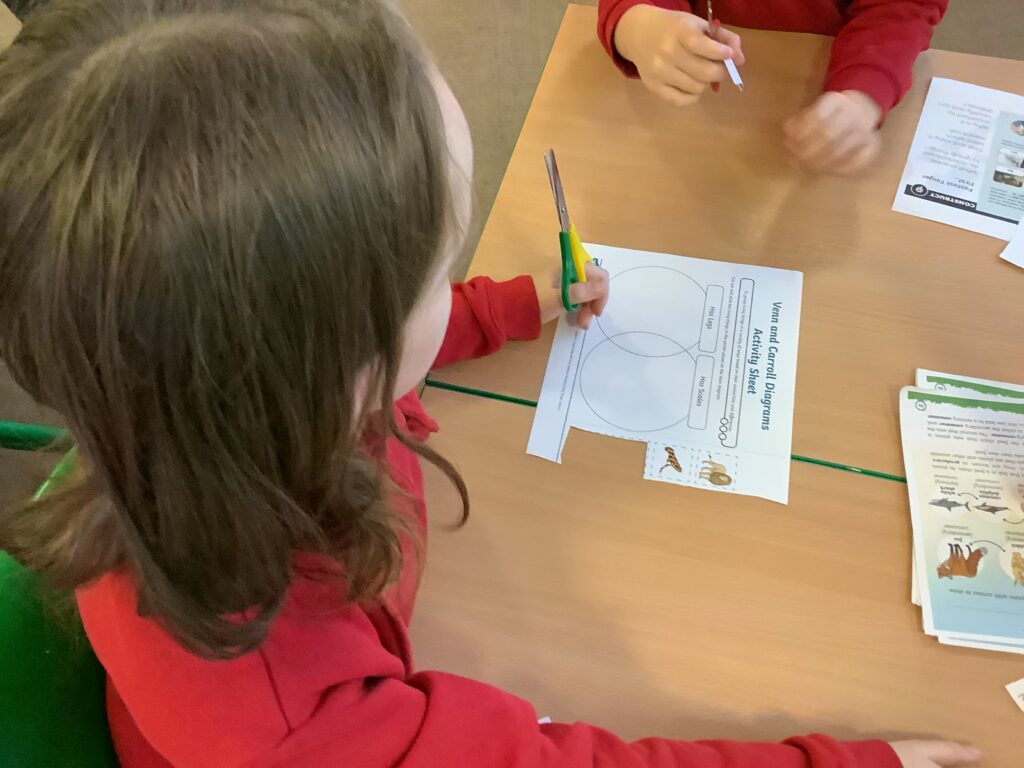
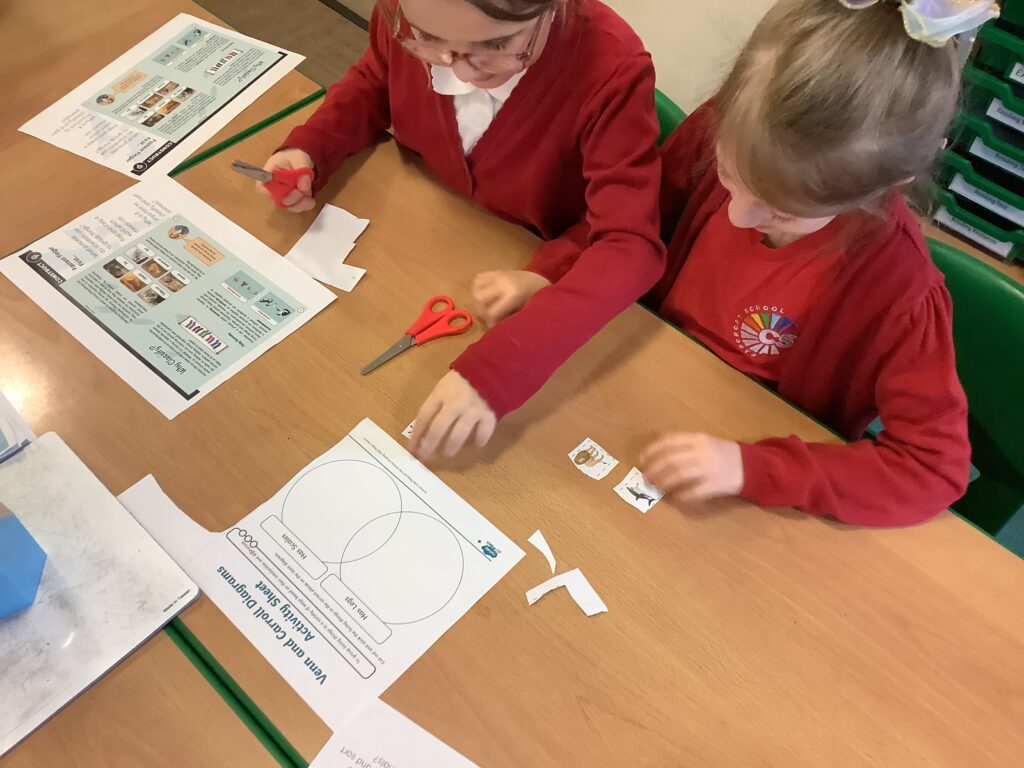
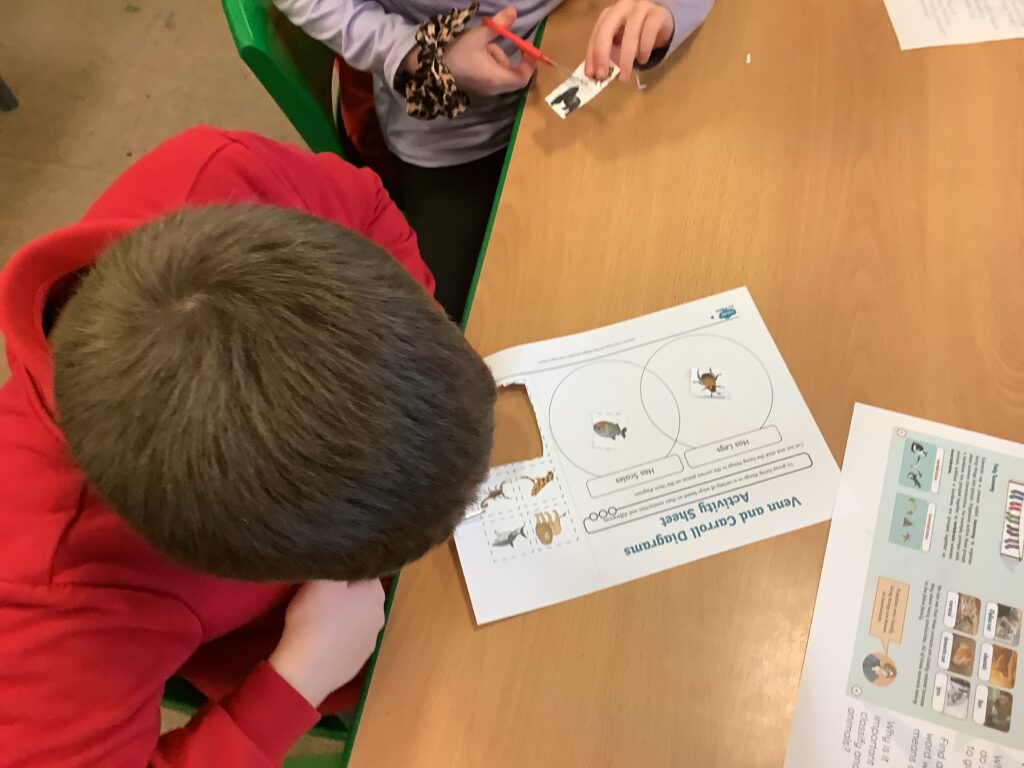

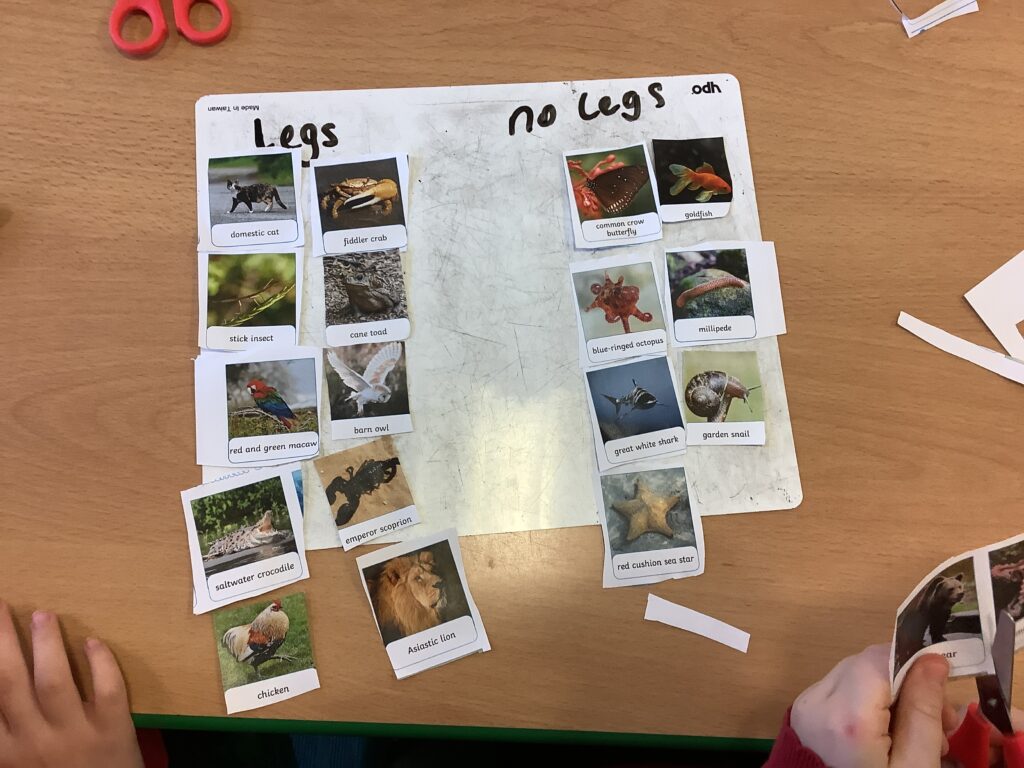
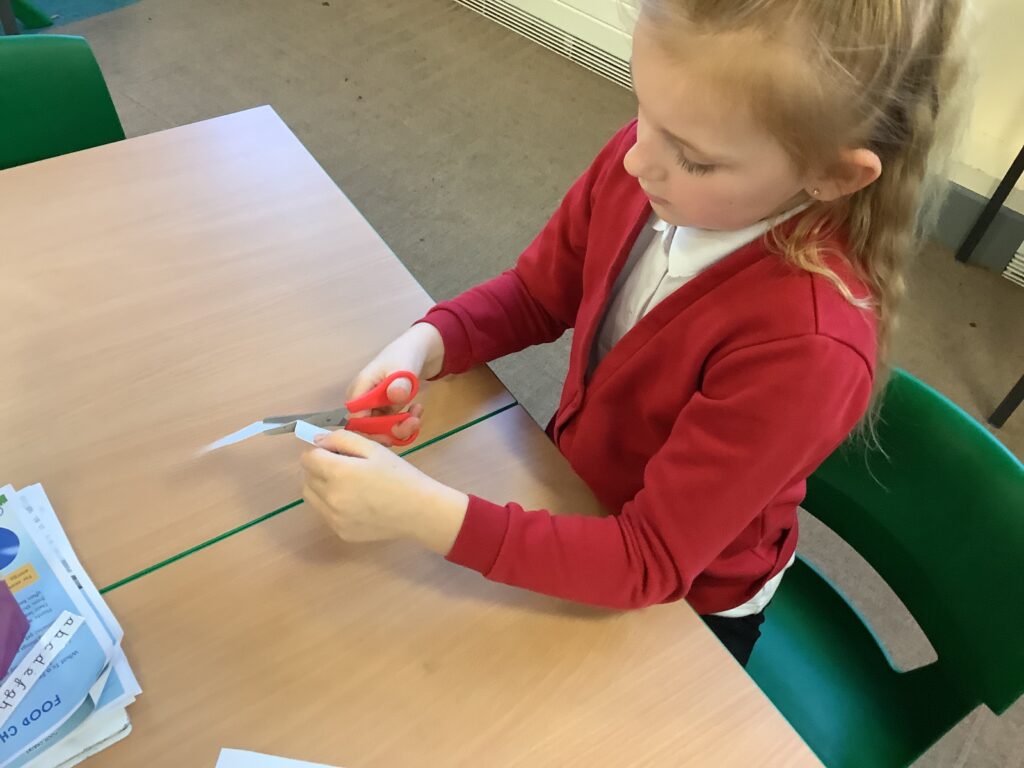


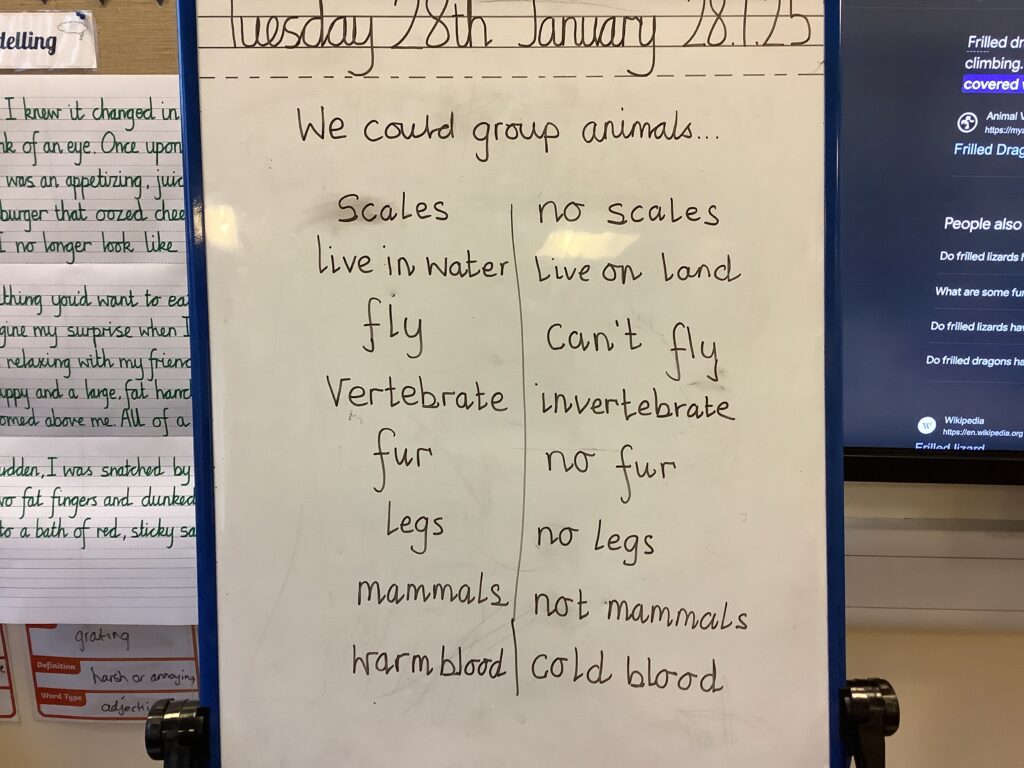
Today Crew Hamill made baskets from strips of papers and then added their own finishing touches to them. They practiced their weaving techniques and they even helped the rest of their crew if they got stuck. Fantastic crew work today!



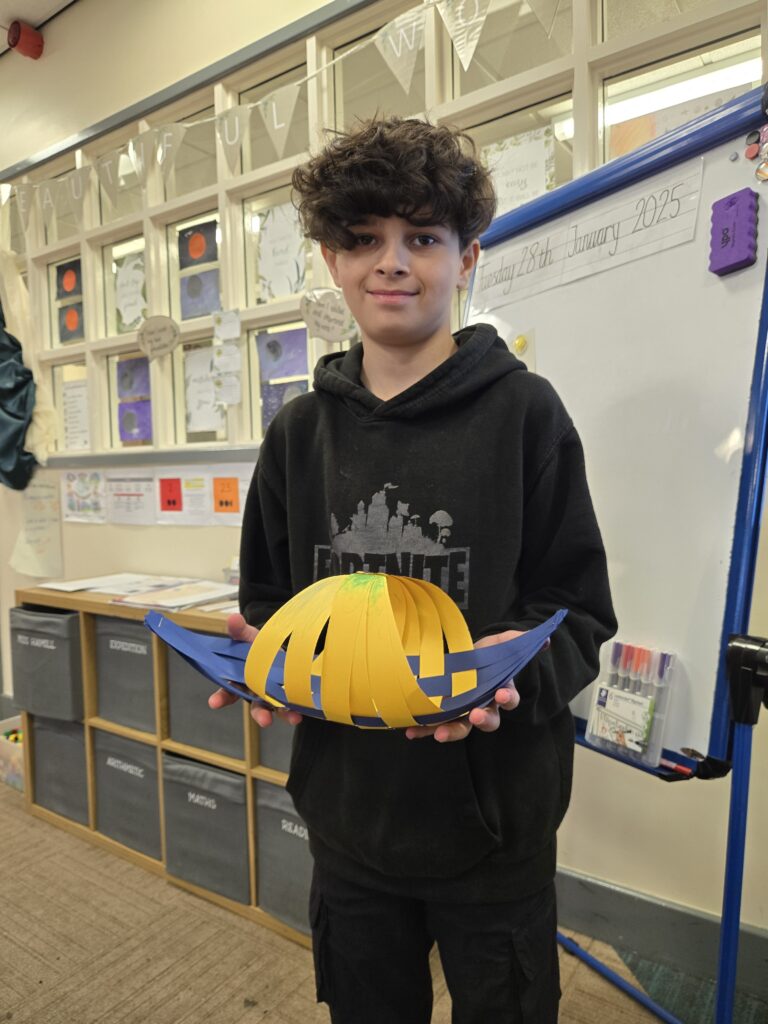
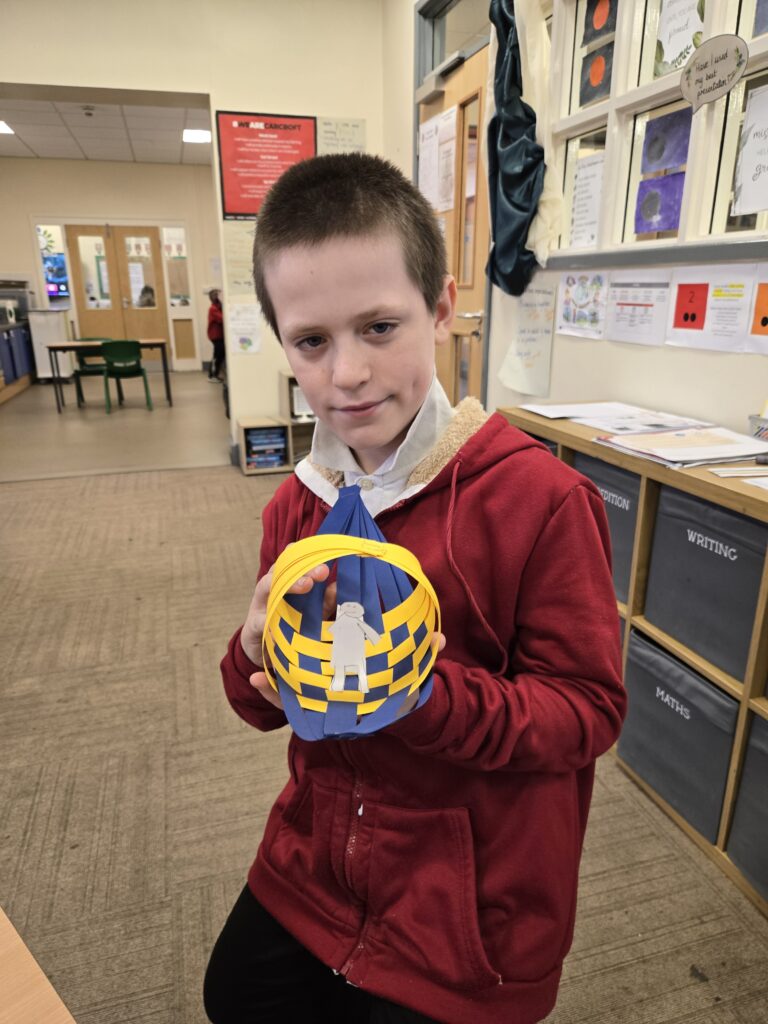
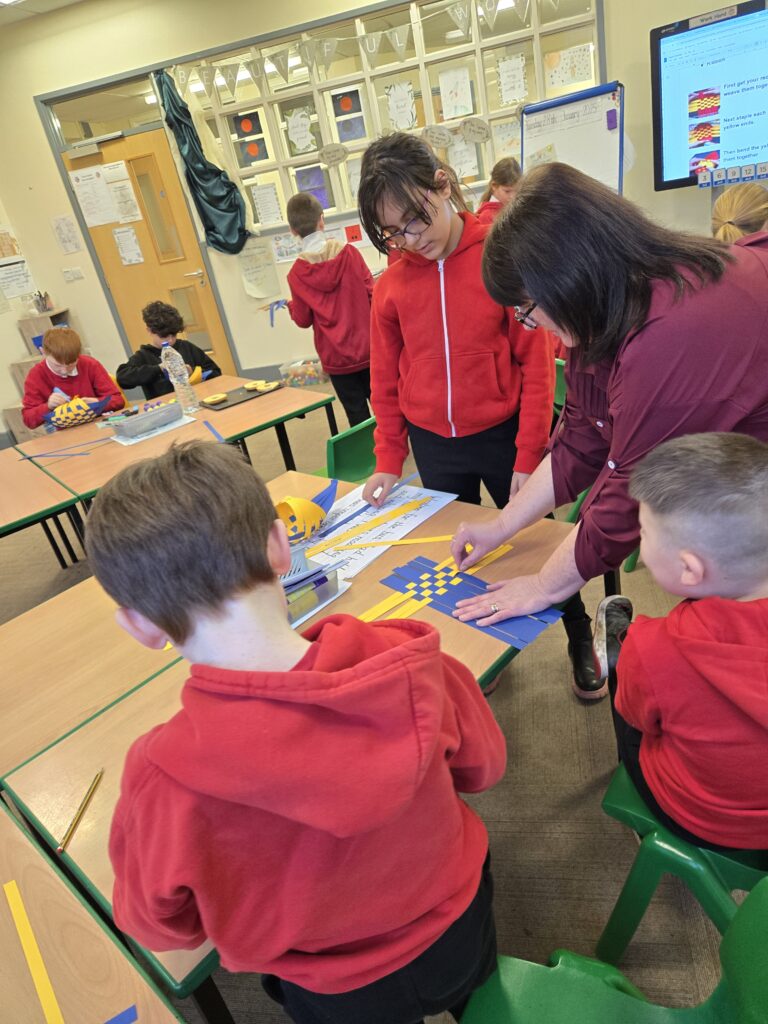
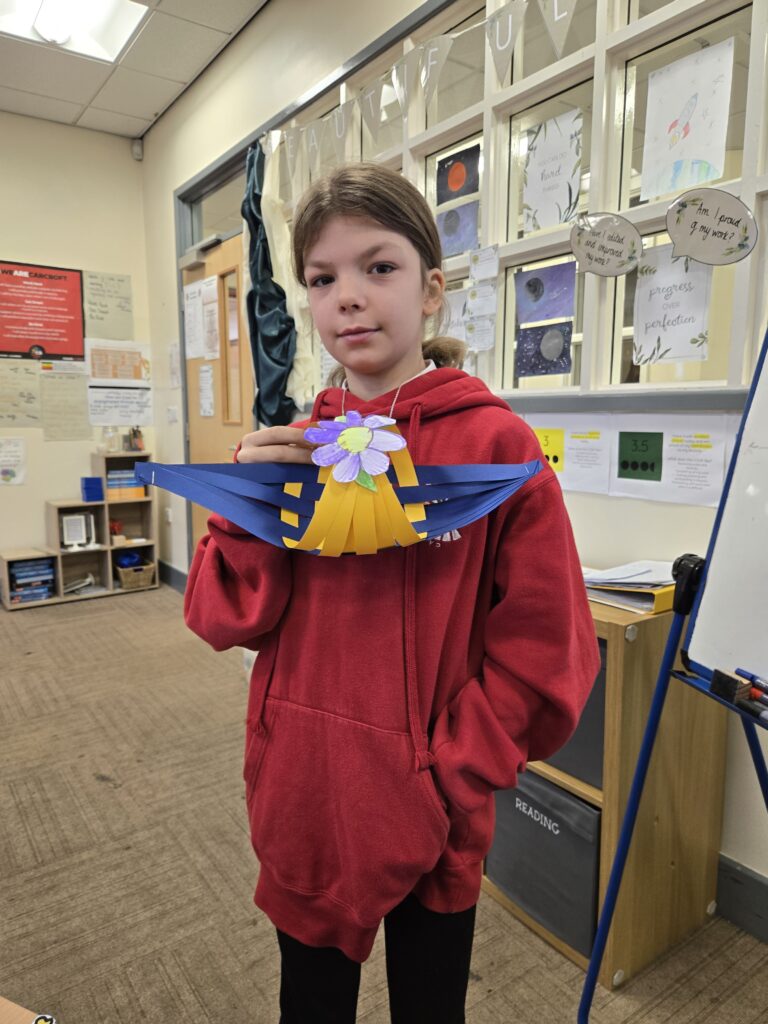
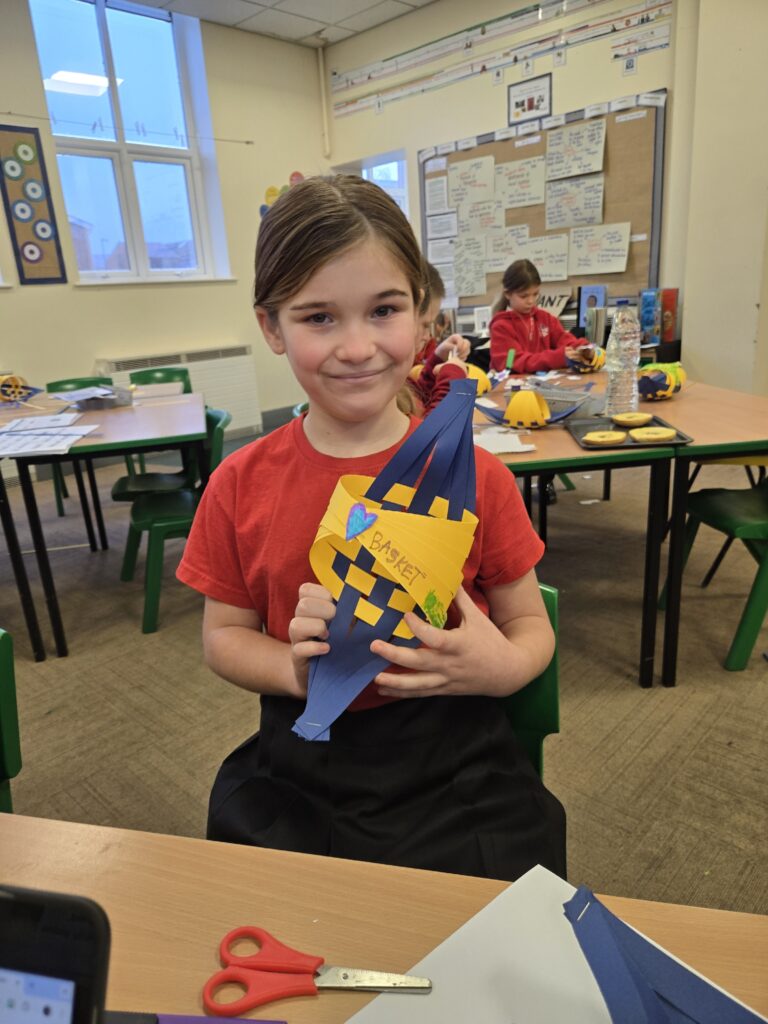
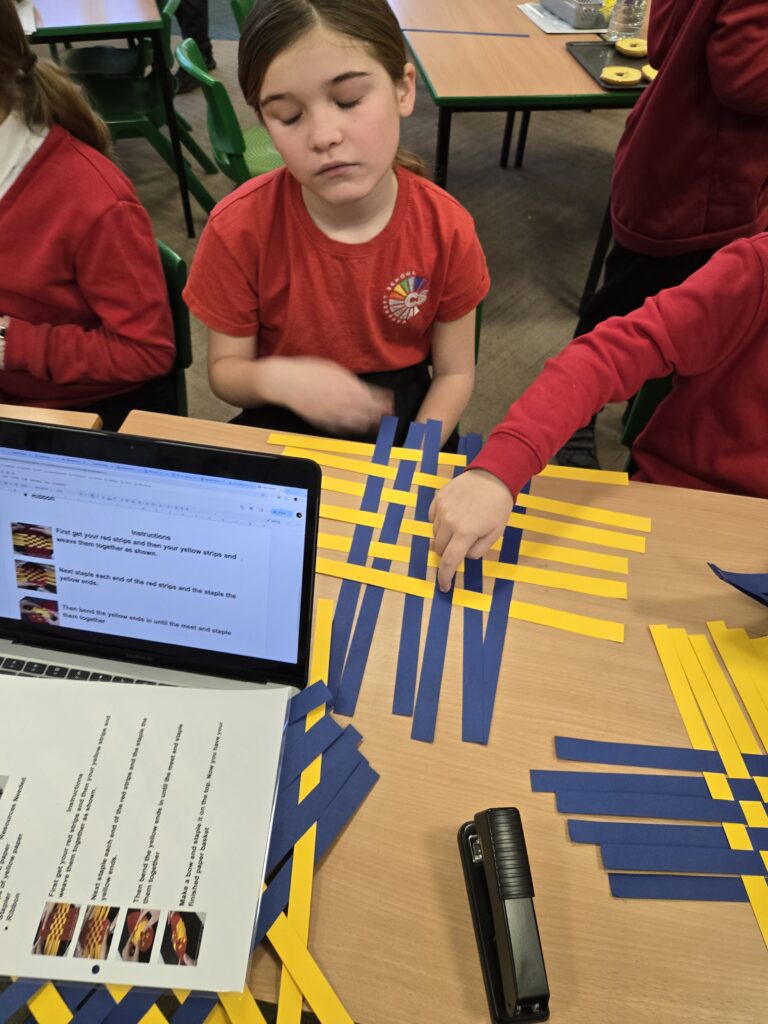
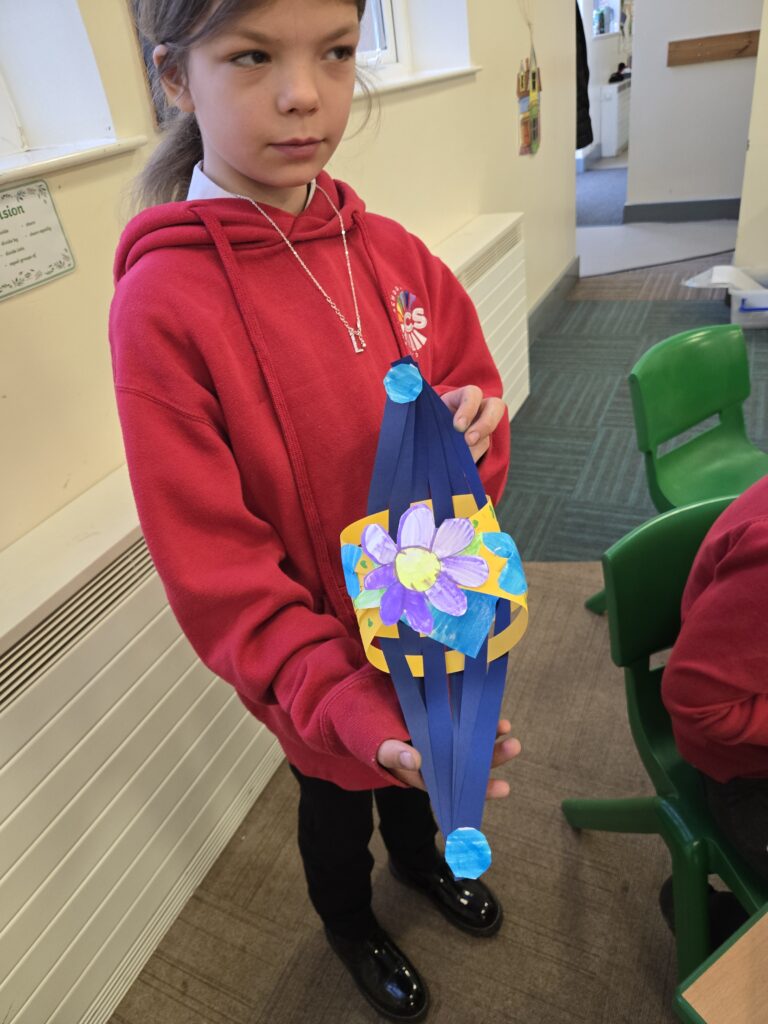

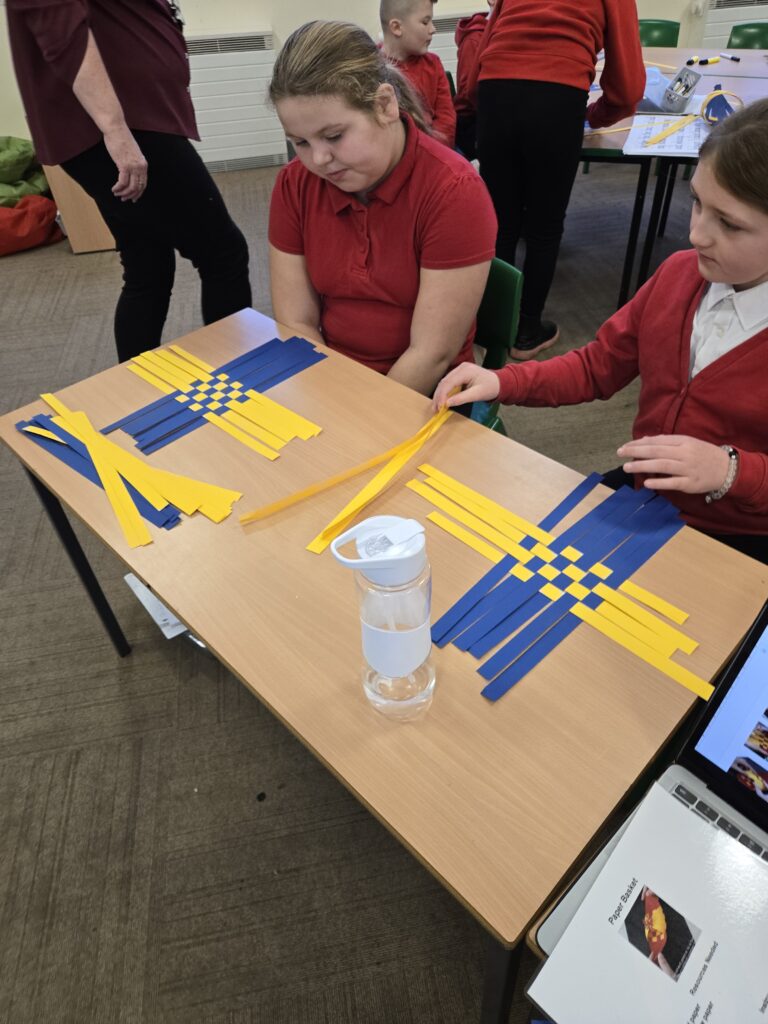
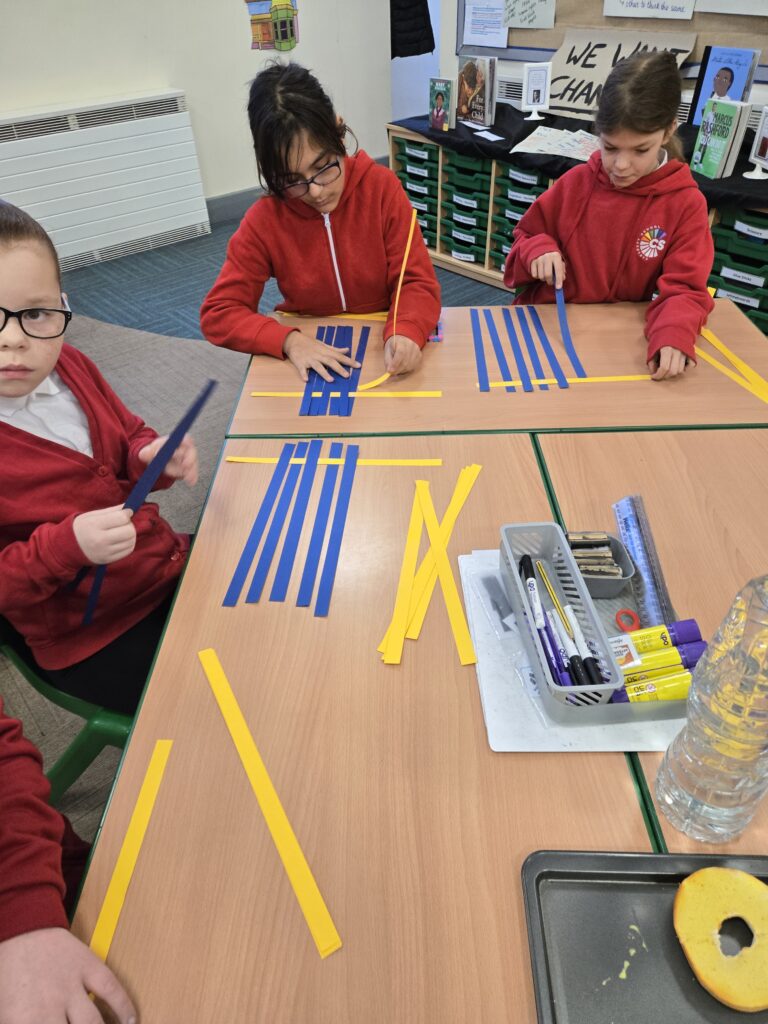
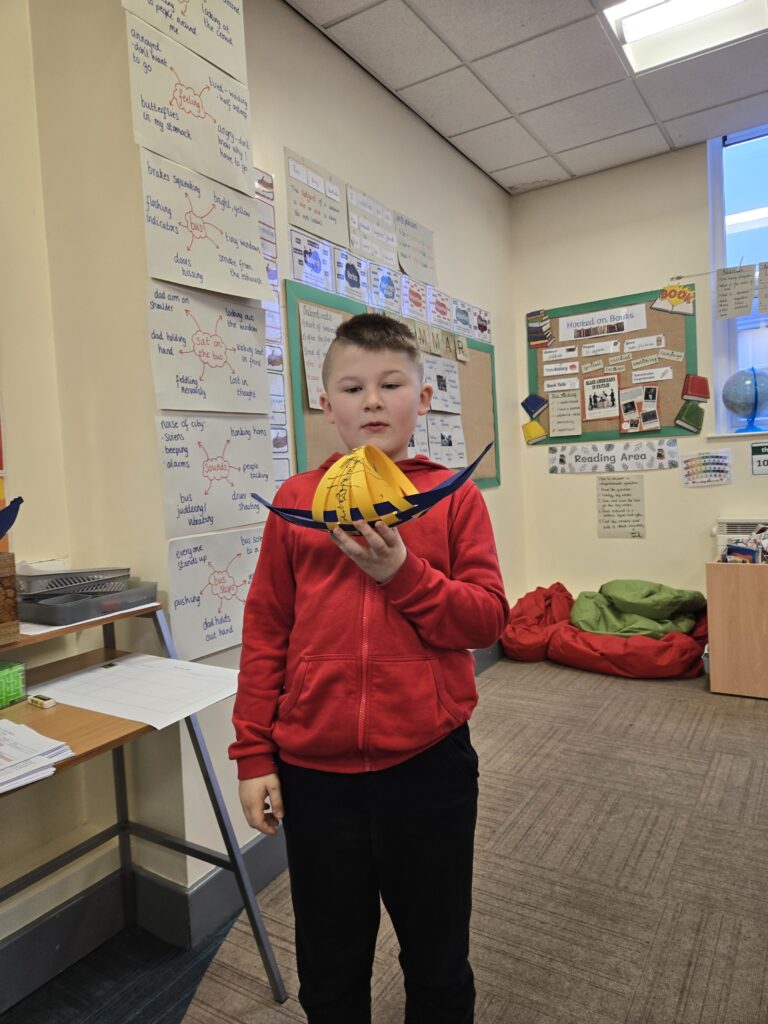
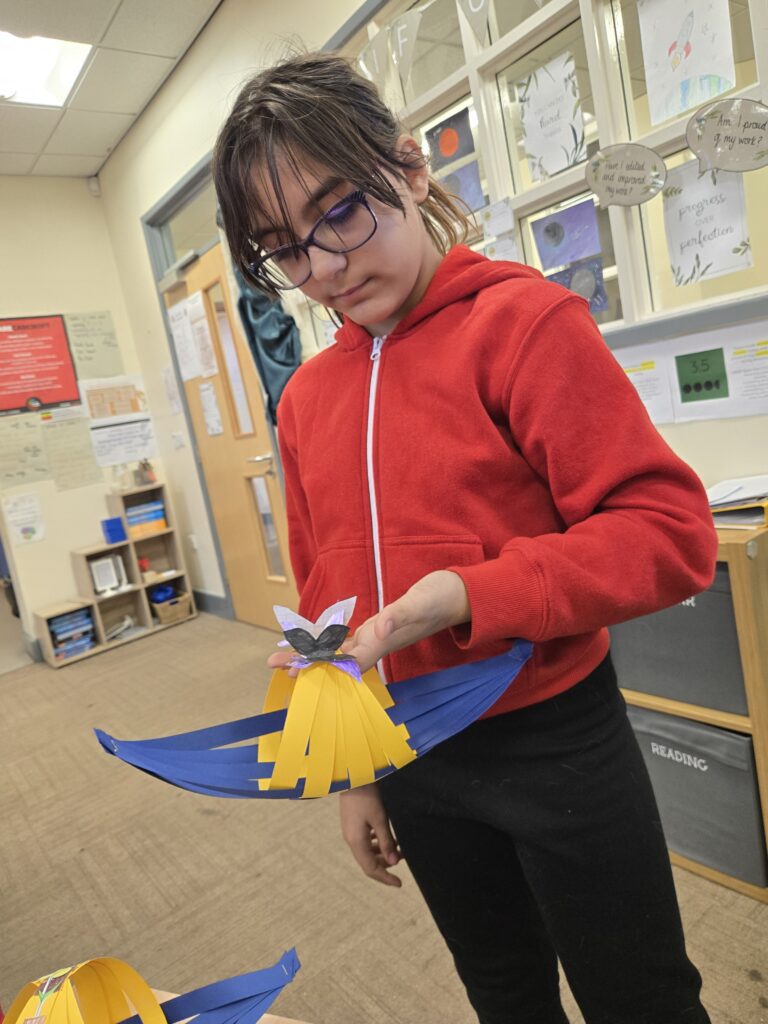
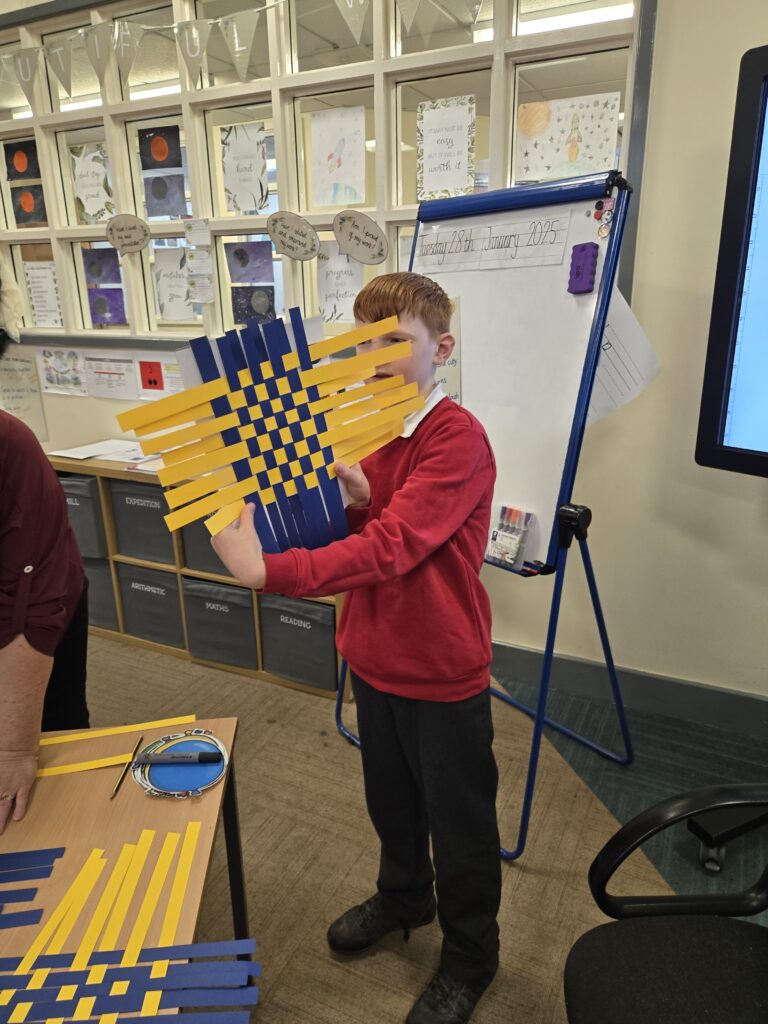
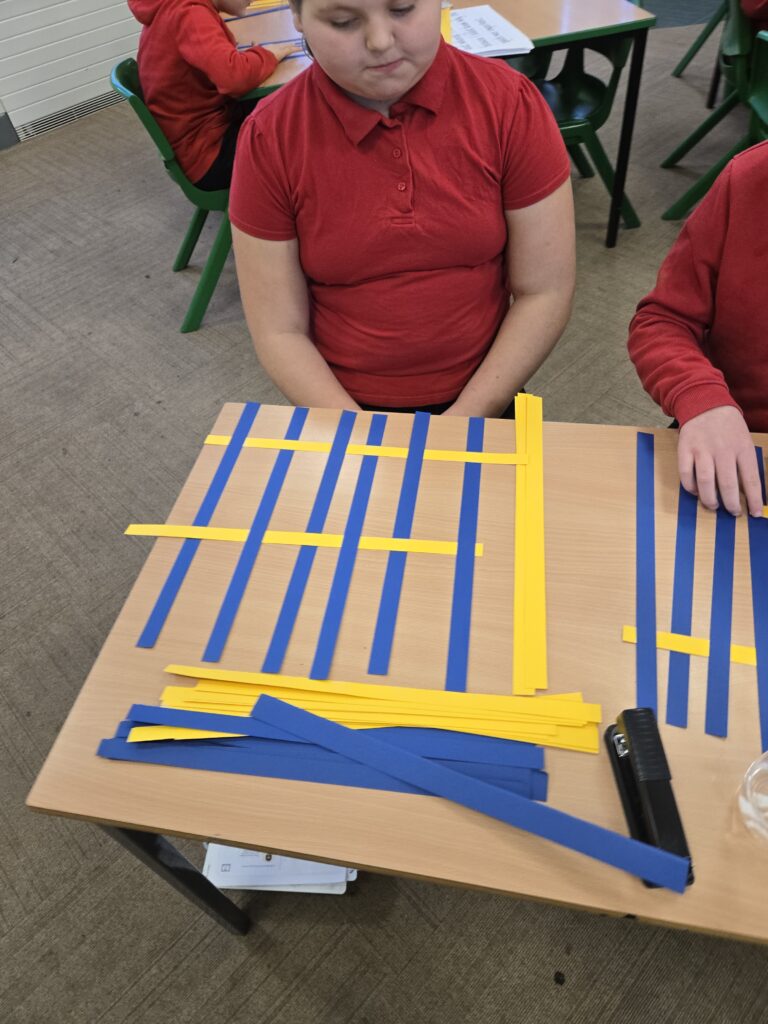
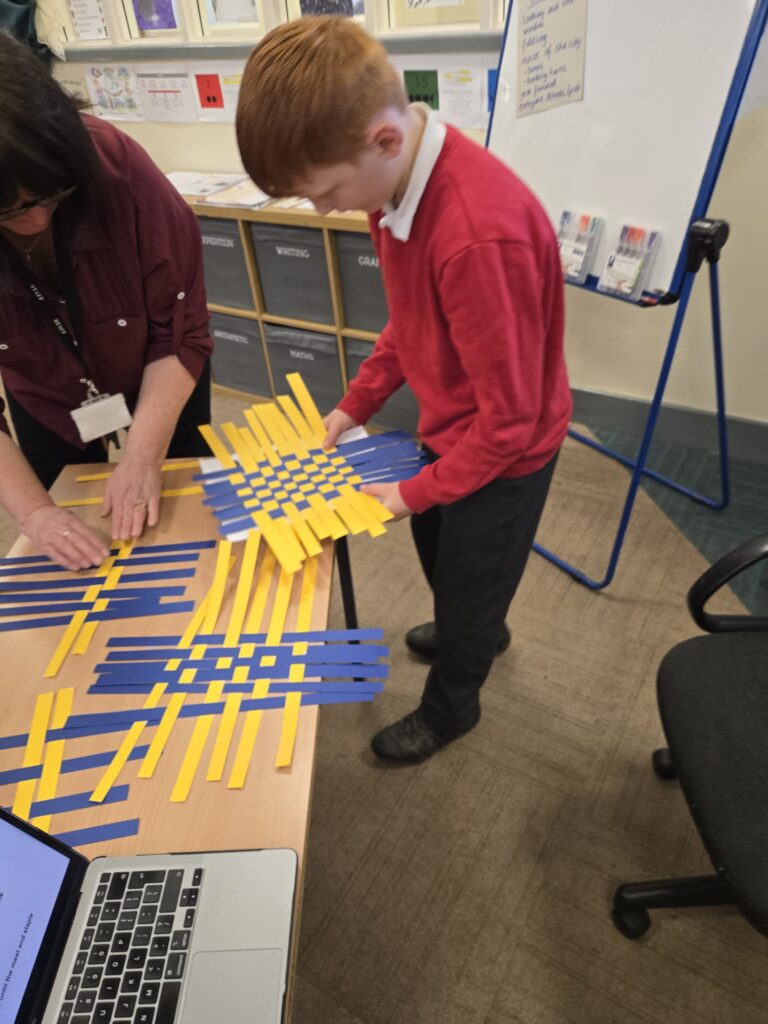
In reading we have been having a huge focus of prosody(fluency) and ensuring that we are reading a text how it should be read. This has involved lots of echo reading and time to practice reading before answering some questions about the text. It has been great to see some children having the confidence to stand up when it’s their turn to perform. We have also introduced feedback focused on the positives and what we enjoyed from the group reading.
Crew Hamill have LOVED reading this week and it has been so good to see their positive attitudes and active participation during reading. We began by looking at a book that is linked to our current expedition: Black and British. We looked at the cover of the book, as well as the blurb, and had an excellent discussion on what we thought the book might be about, what genre it was and what the purpose of it was. We were excited to learn that it contained lots of real life stories about Black people in Britain and how this had changed the world we live in today. Following this, we focused on one of the stories – Black Americans in Britain – and learned all about 4 amazing Americans who have come to Britain and influenced life for the better. Our favourite was Henry ‘Box’ Brown who mailed himself in a small, wooden box in order to escape slavery! We have worked really hard this week on our automaticity in reading which has tested our ability to read words automatically, without the need for sounding out. We have also focused on our words per minute and have challenged ourselves to hit the Year 6 target of 185 words per minute! Finally, we were split into two groups – one working with Miss Hamill and the other working independently in pairs – to answer some retrieval questions about the book. Miss Hamill was really impressed at our ability to do this accurately!
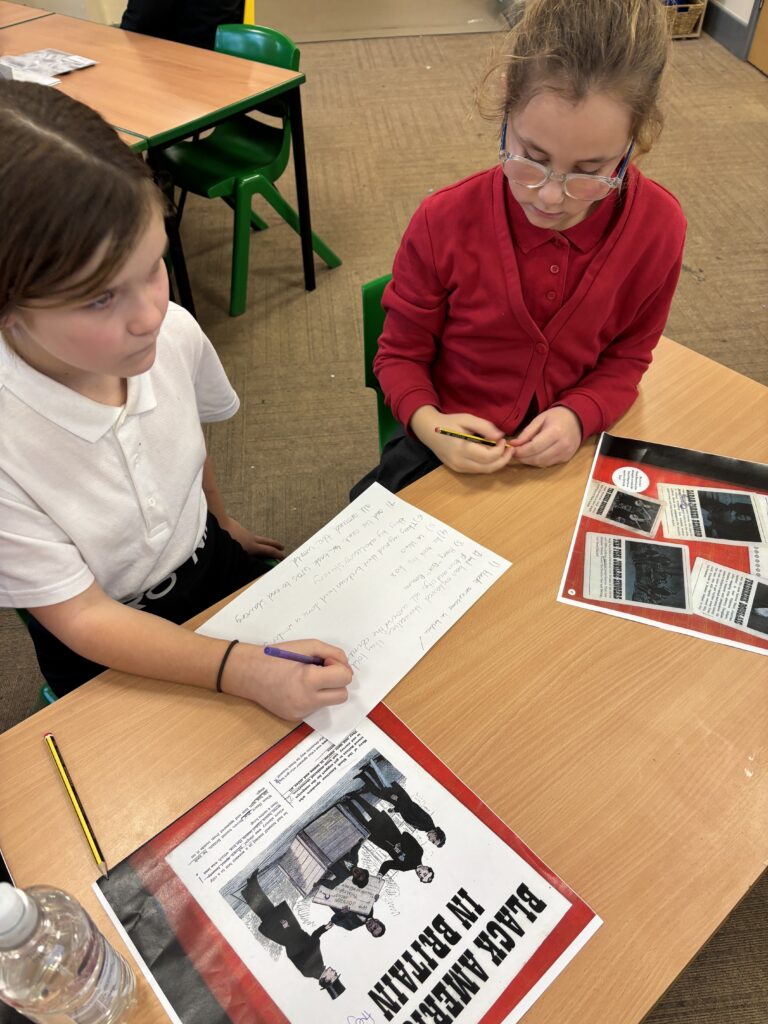
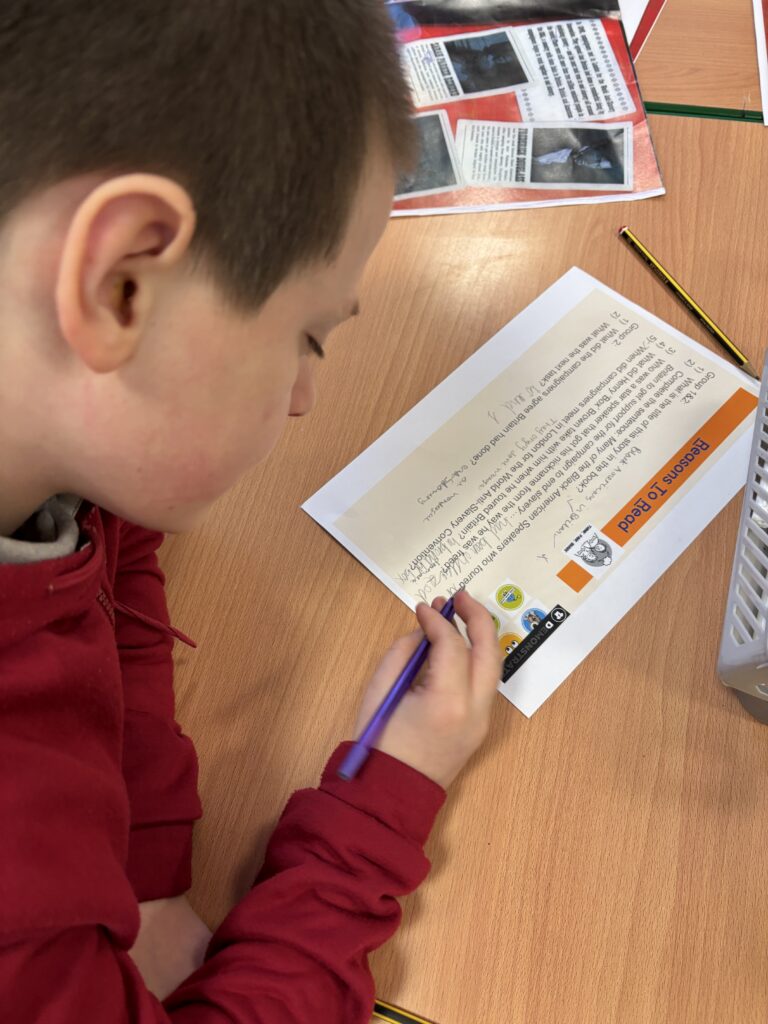
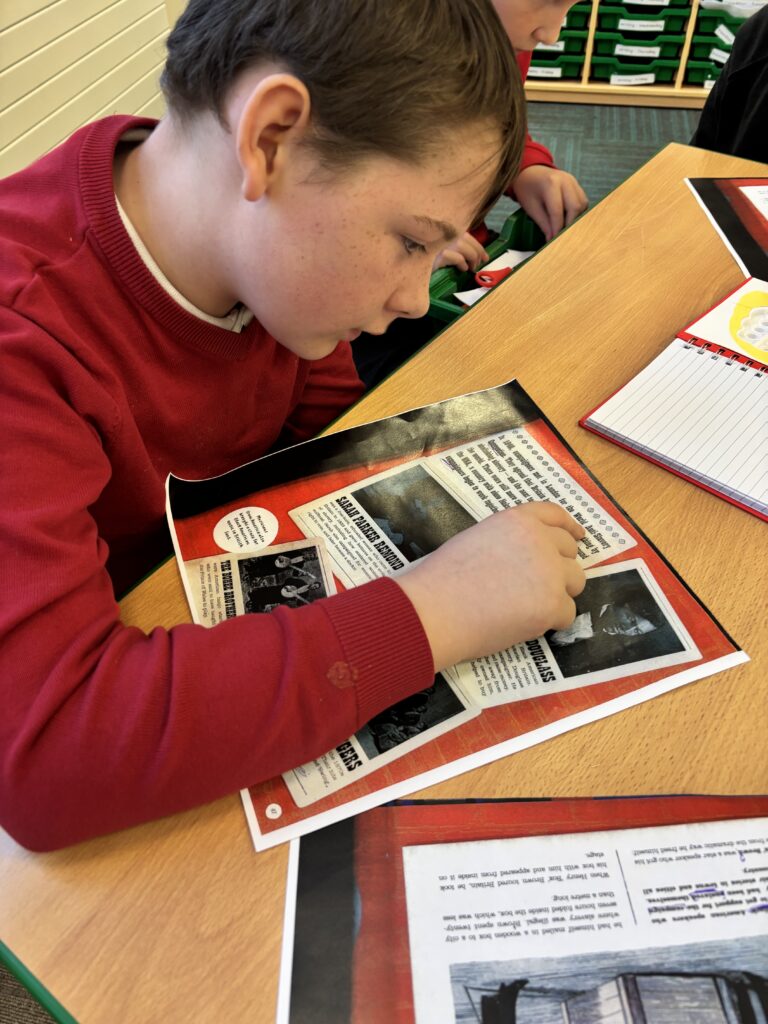
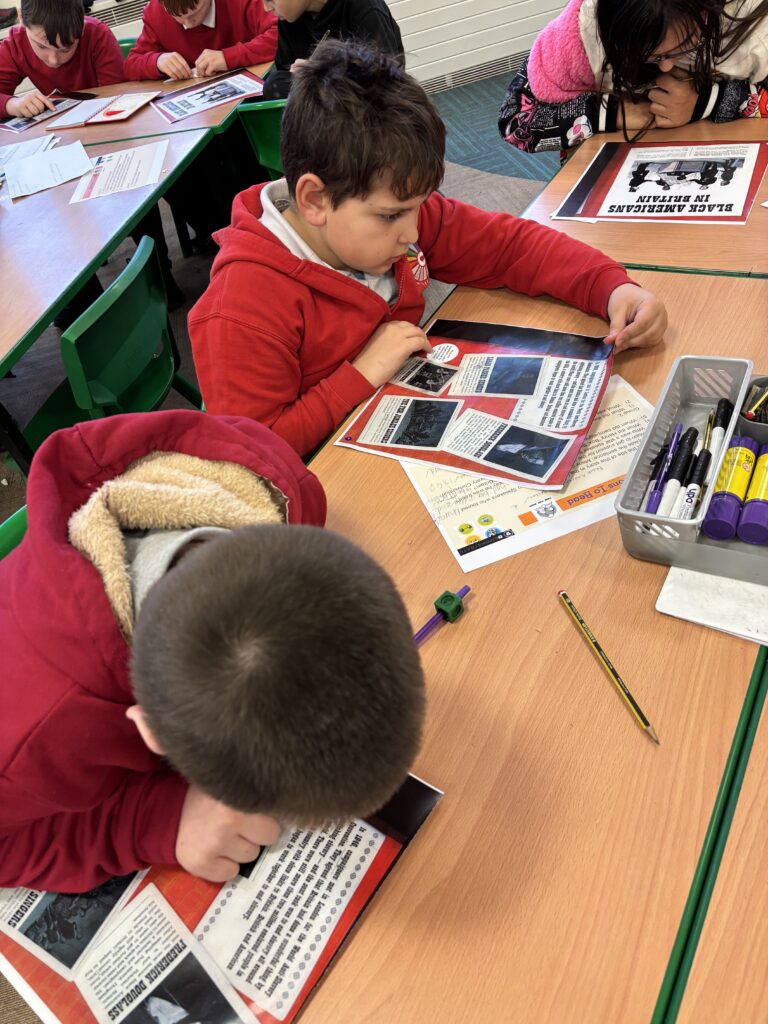
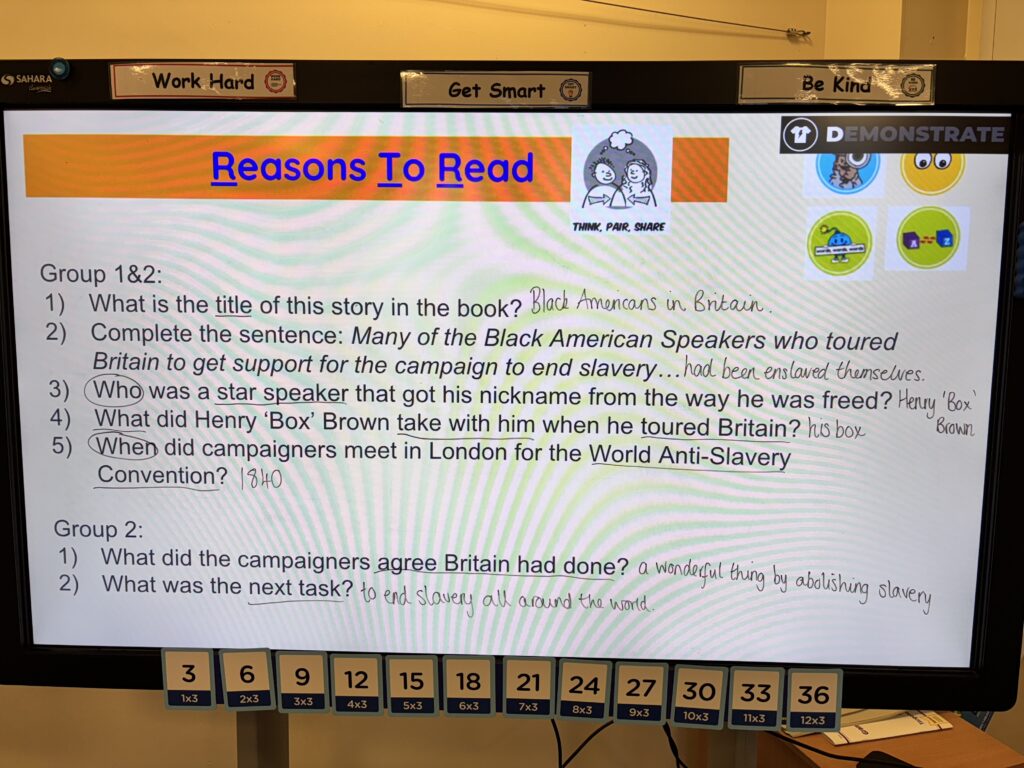
To help consolidate our understanding of mixed numbers (a number with a whole and a fraction), Crew Hamill worked with cubes to build each of our numbers so that we had visual representations that we could then compare. We found the visual very helpful and this helped us to access our demonstration element of our lesson in which we completed sheets relating to the comparison of mixed numbers in our maths books.
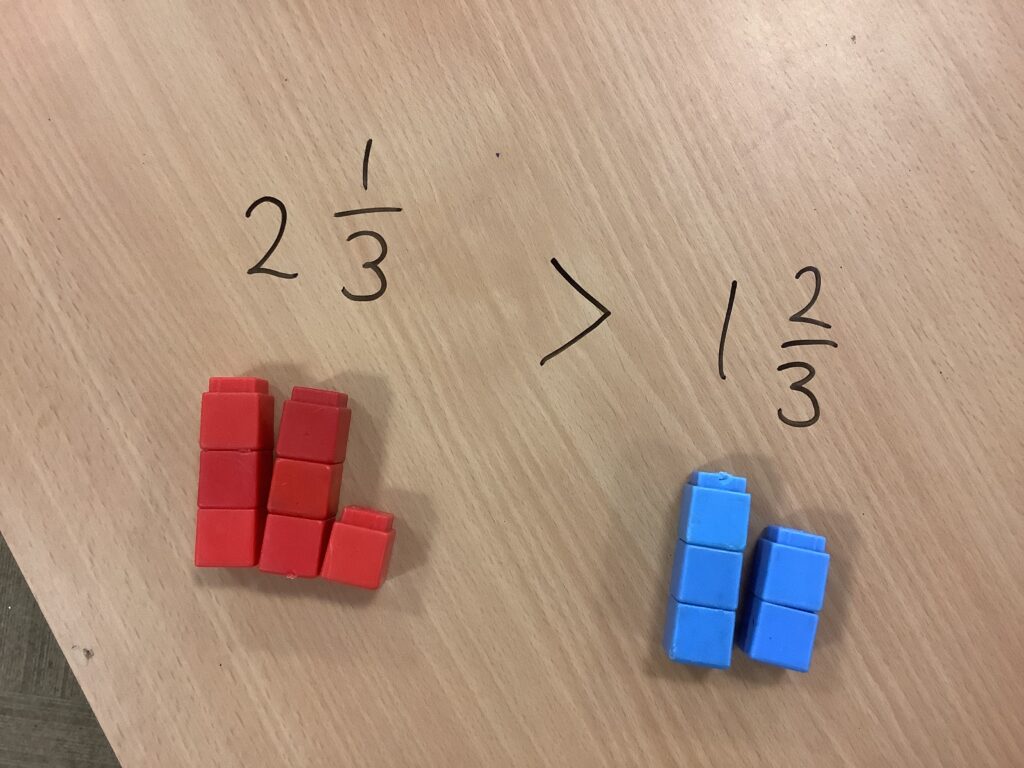
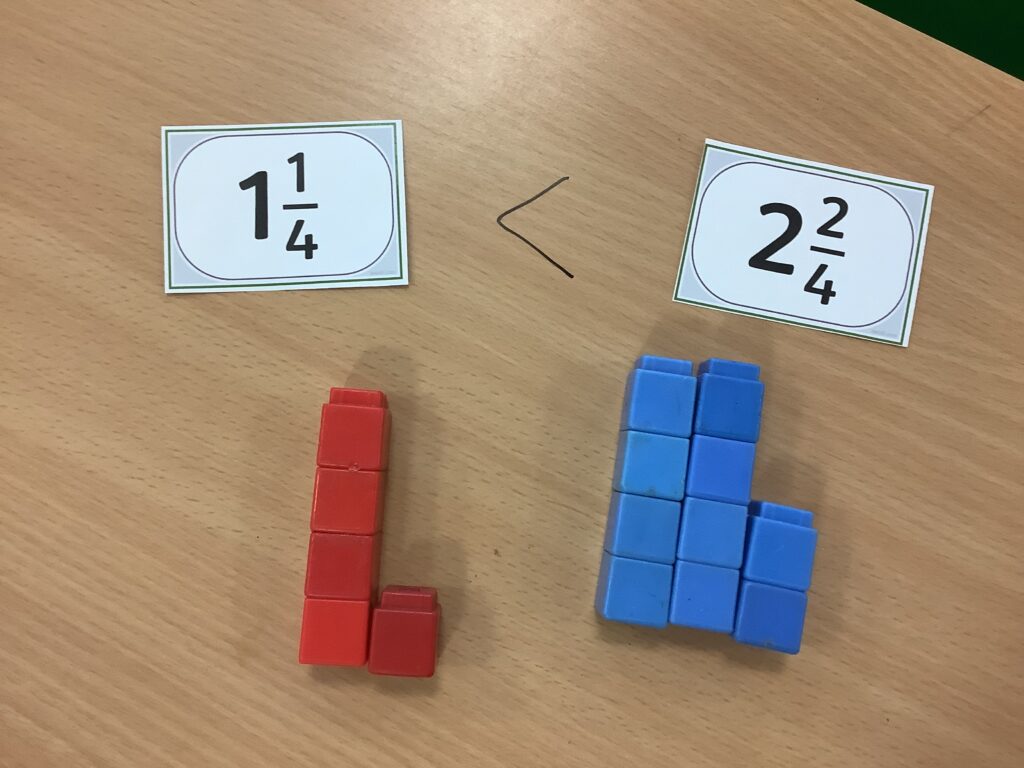

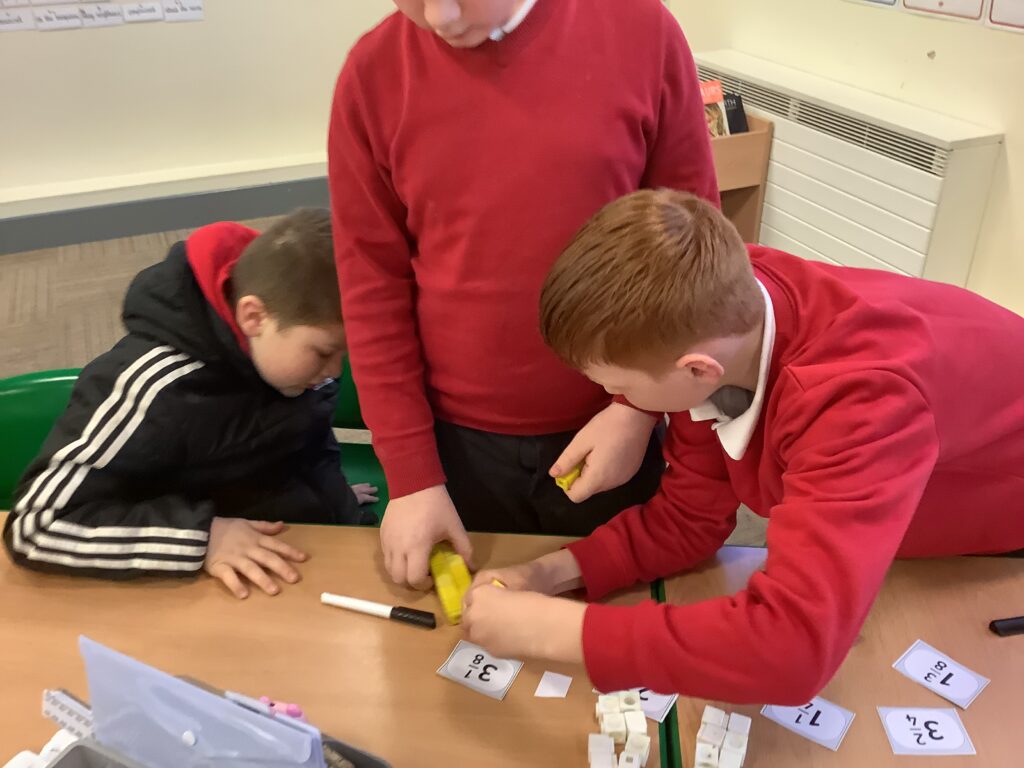

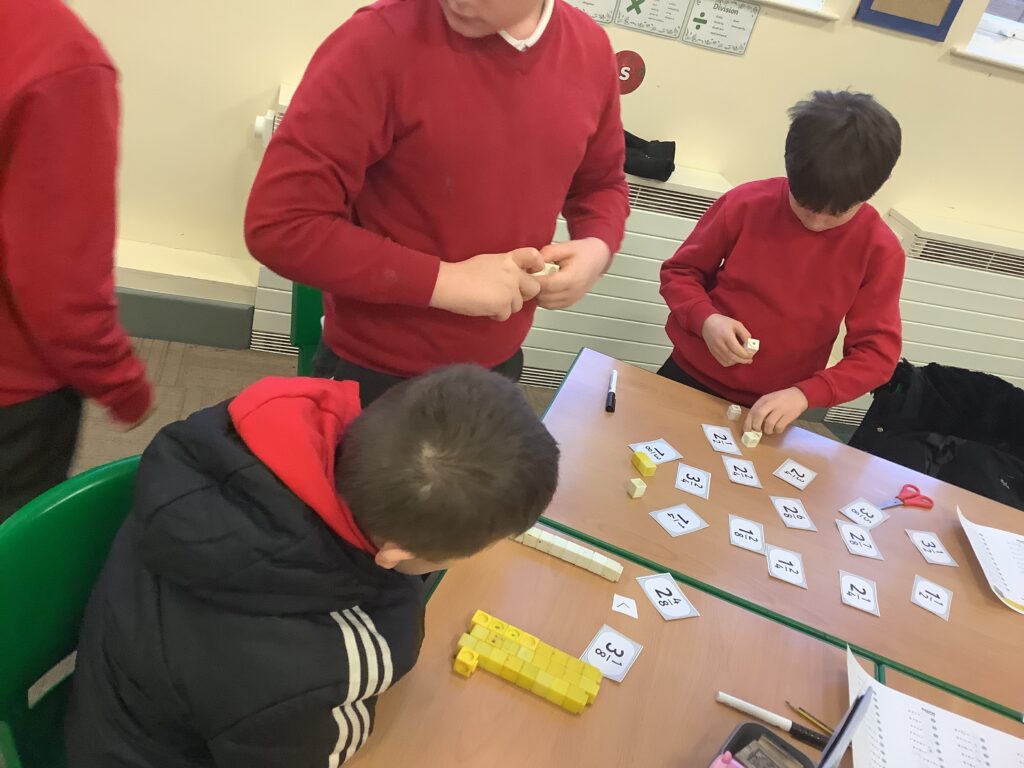
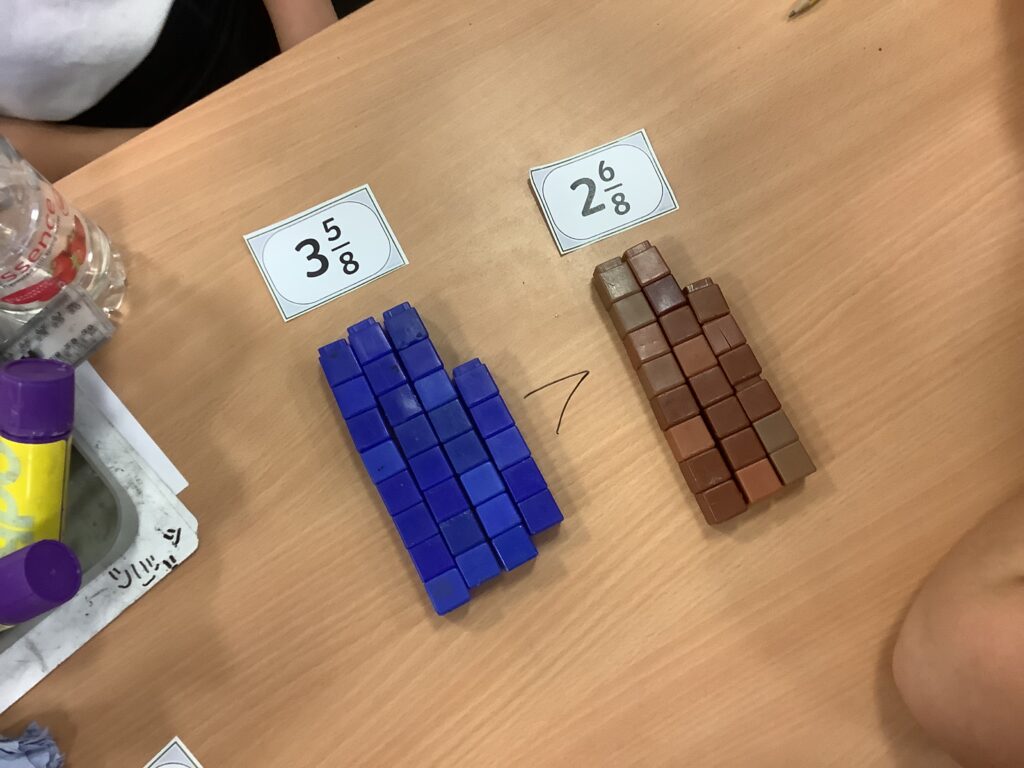
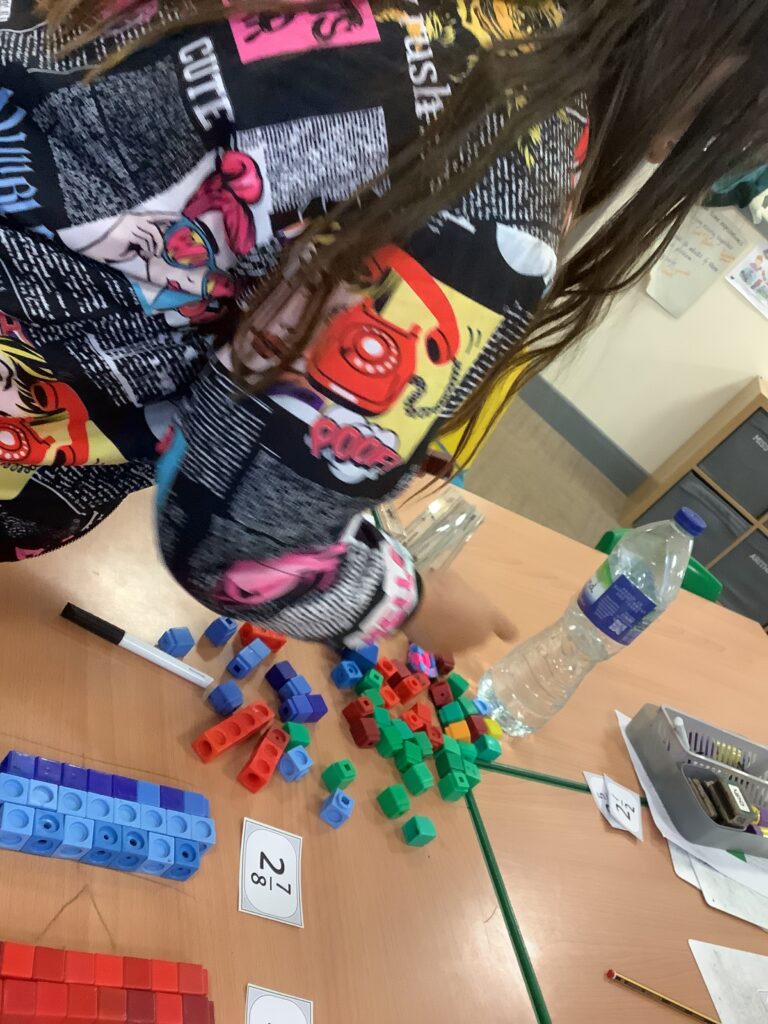
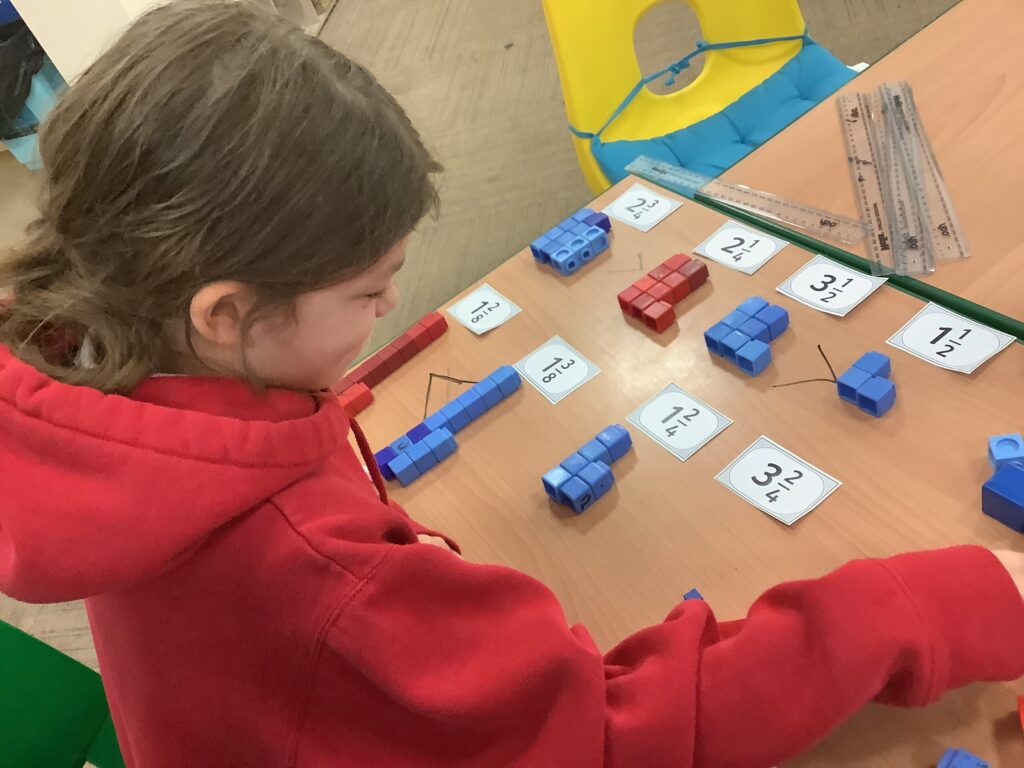
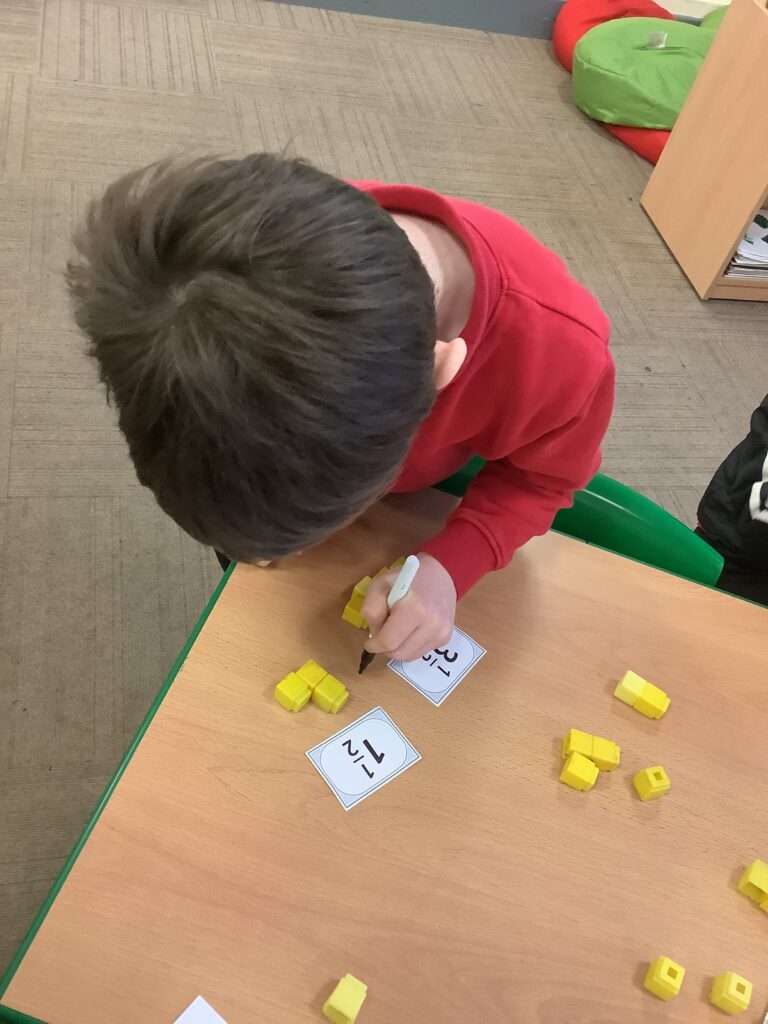
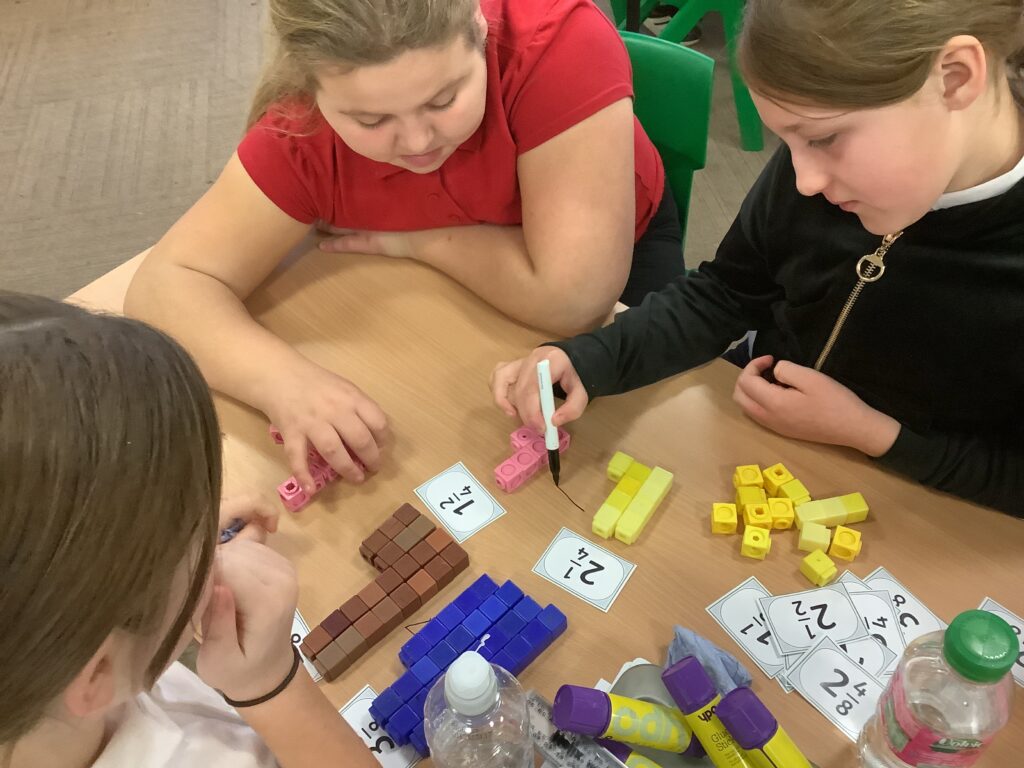
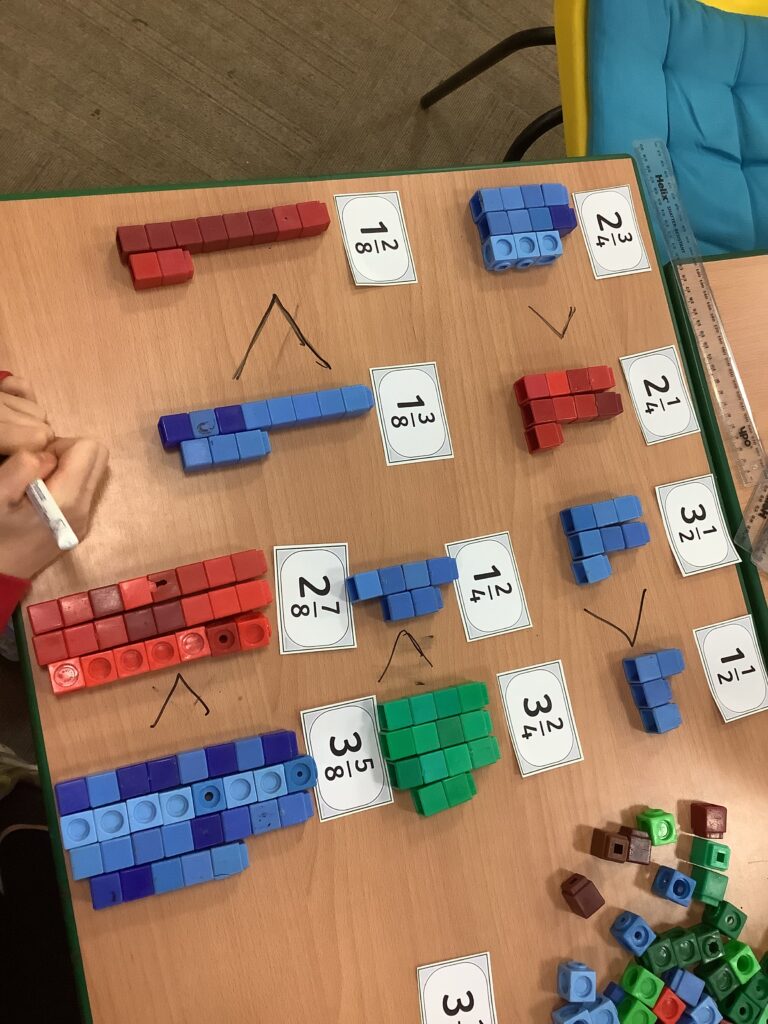
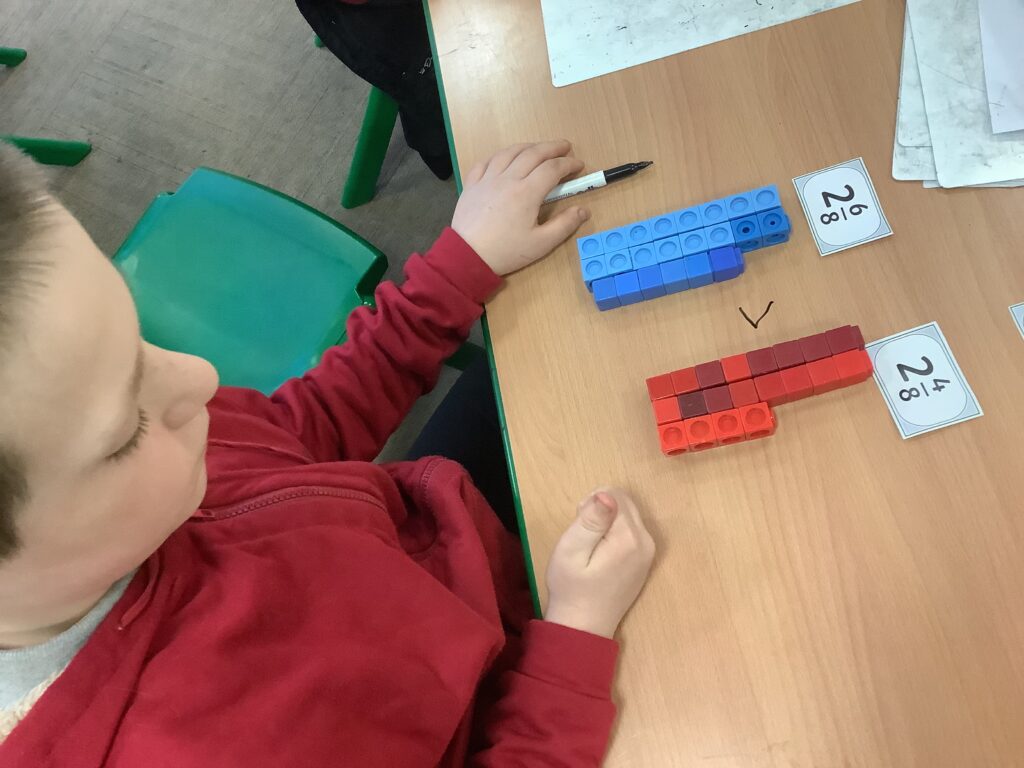
Our new friend number 2 needed our help! He wanted the boys and girls in nursery to help him do his food shopping but before we could, he reminded us that he only liked to buy things in twos. We had to look carefully at the food and make sure that we counted out 2 of the items he had asked for, before putting them into the shopping trolley.
We were all really supportive of each other, and we helped our friends check that they had accurately counted out 2 food items.
This week in maths, our focus has been the number 2. We started off by talking about what 2 looks like represented as spots and objects arranged as a dice pattern, different patterns and different sizes. We talked about how it was different to 1 because 1 was always by itself whereas 2 was 1 and another 1.
We used this learning to help us create a path for a little kitten who wanted to get from the red counter to the yellow counter. However, the path could only include stepping stones that showed 2! We used our subitising skills to work as a group to decide which stepping stones we could use to create a safe path for the kitten to use to get from one counter to the other.
Our expedition lesson today continued to look at grouping living things. First, we recapped our previous learning on vertebrates and invertebrates, working with our partner to sort a variety of animals.
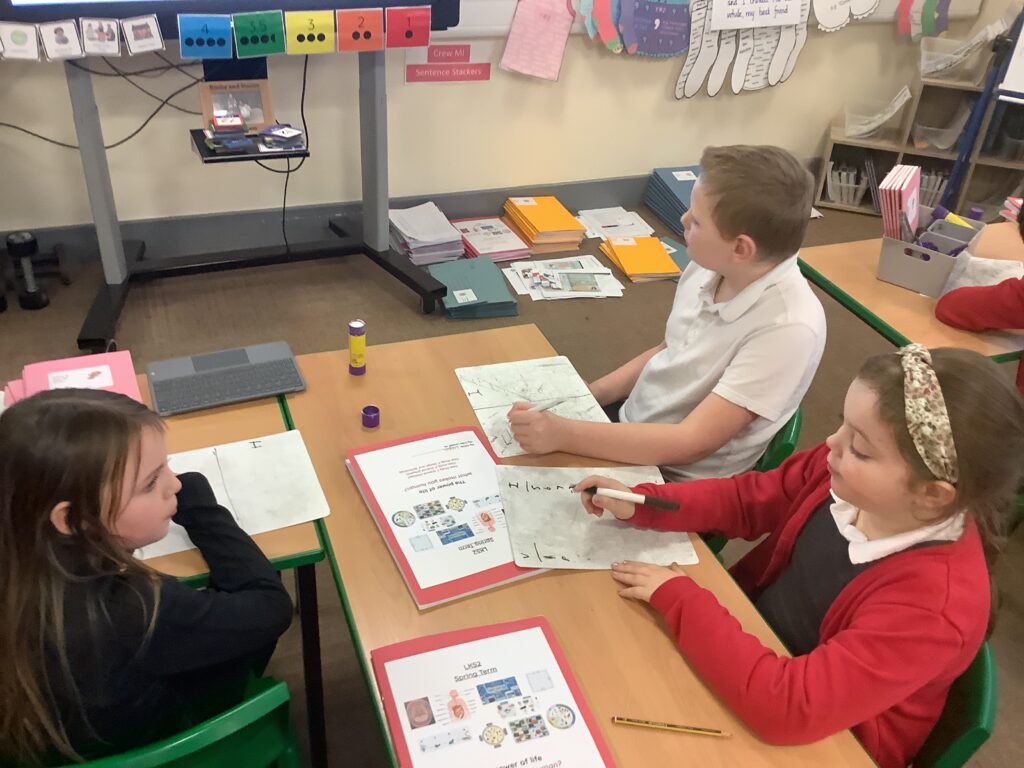

From here we started to classify vertebrates into 5 groups and watched a video clip to help us build background knowledge. We noted down facts and then shared these with the whole crew. We then explored a variety of texts, building further information on mammals, birds, reptiles, amphibians and fish. We played fastest finger to further assess our understanding. There were lots of reading opportunities again today, reading with a partner and echo read to name a few.
From here we worked in mini crews to demonstrate our understanding. We read a variety of facts and put these facts in the correct group.
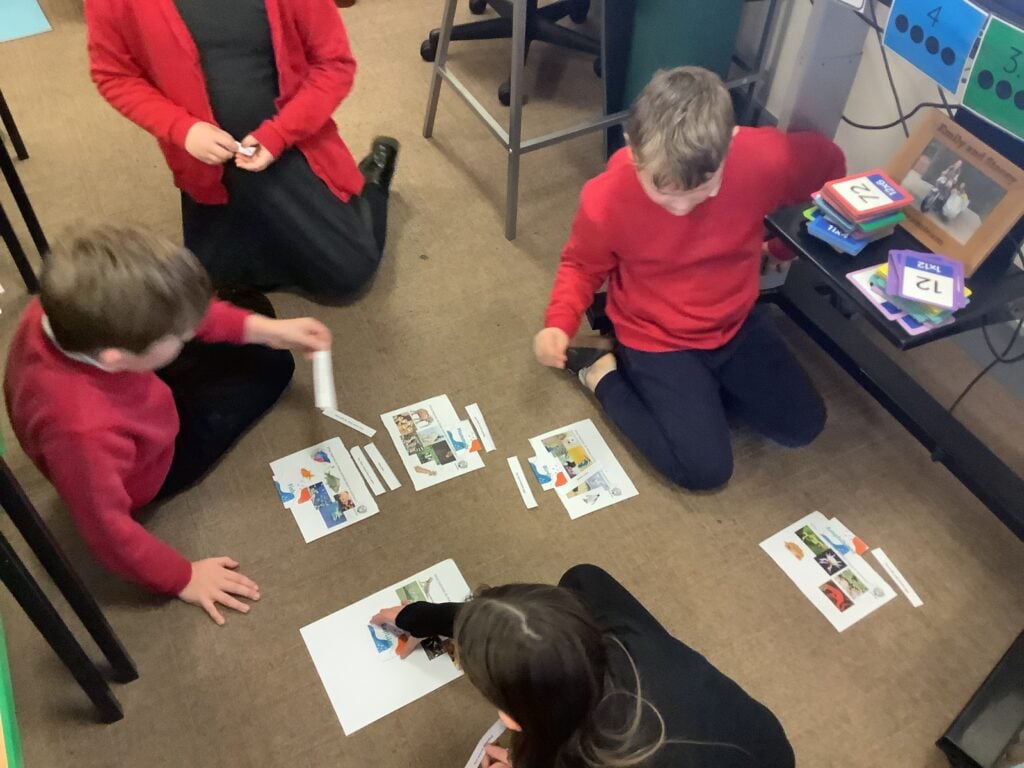
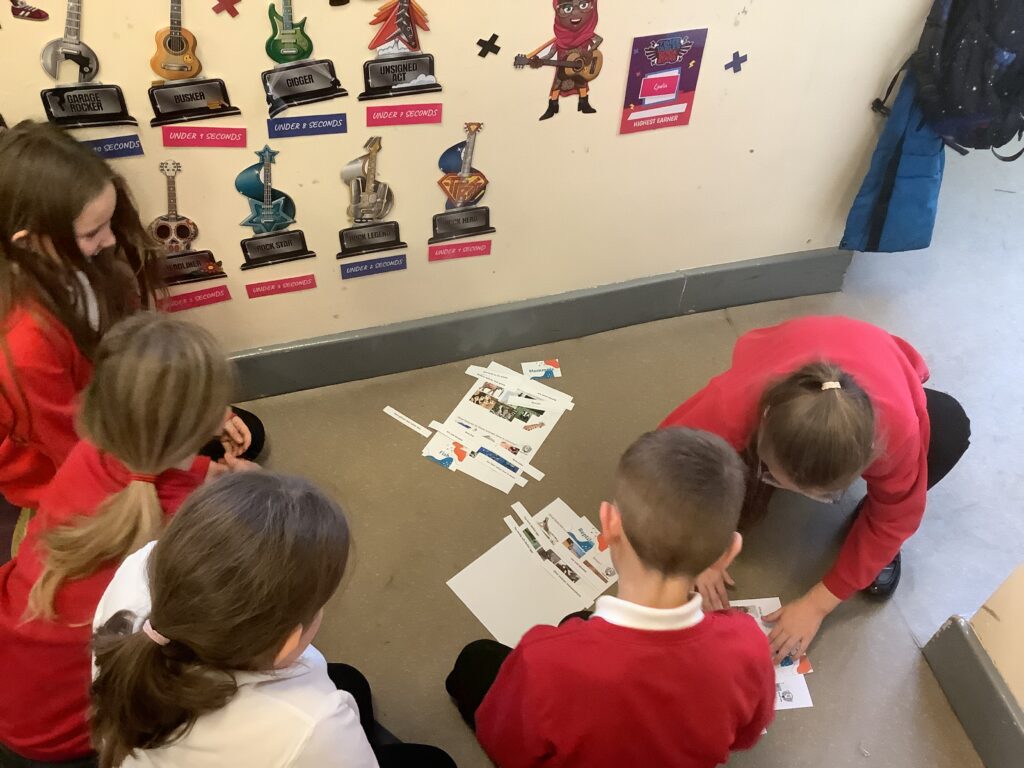
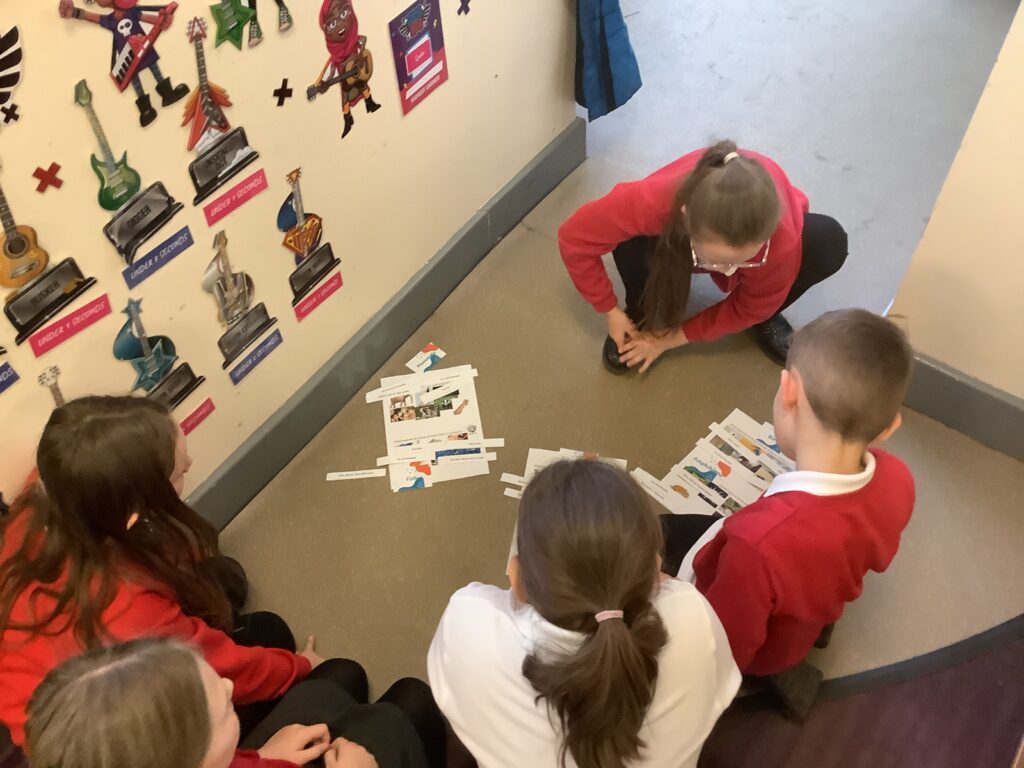

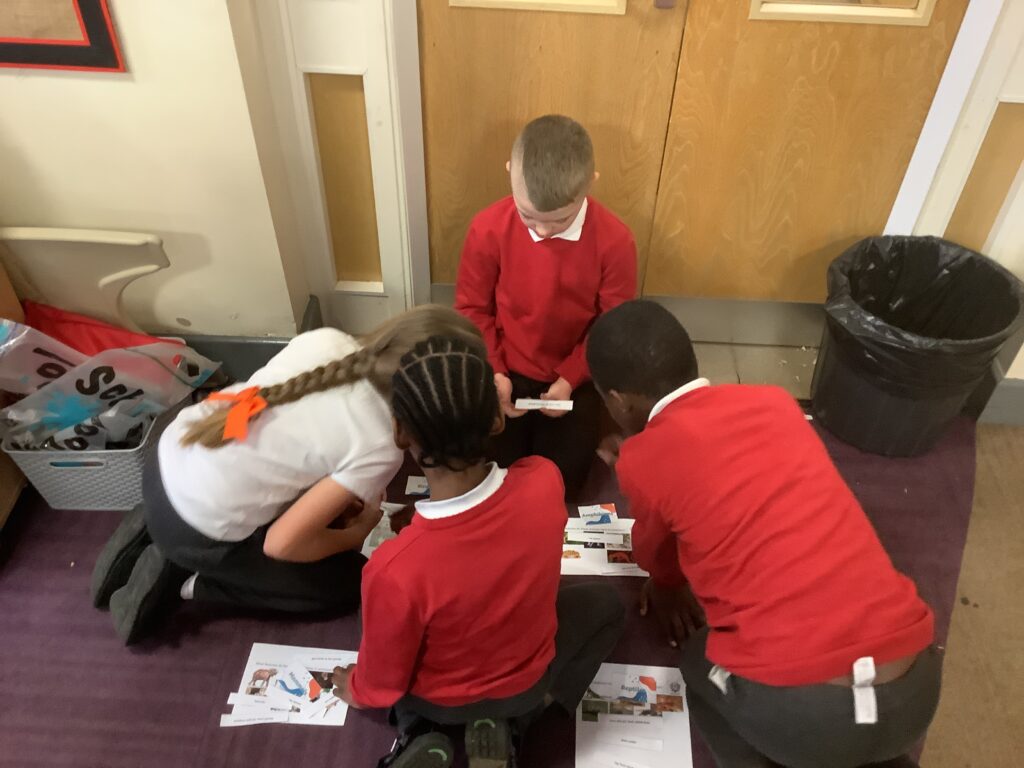
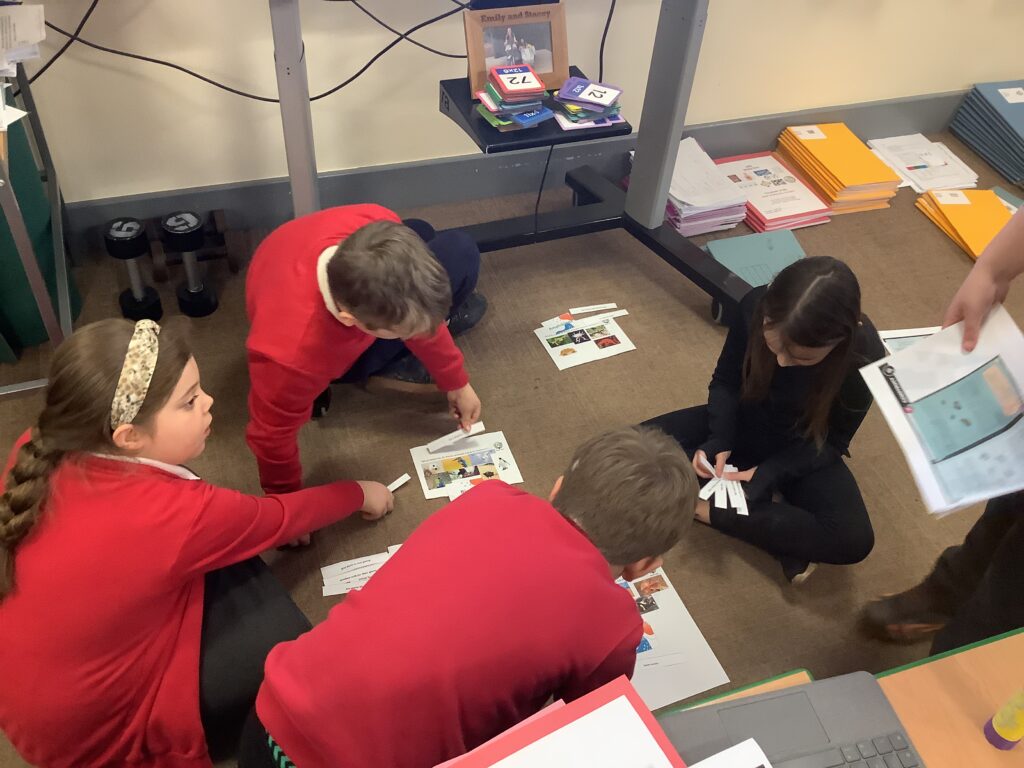
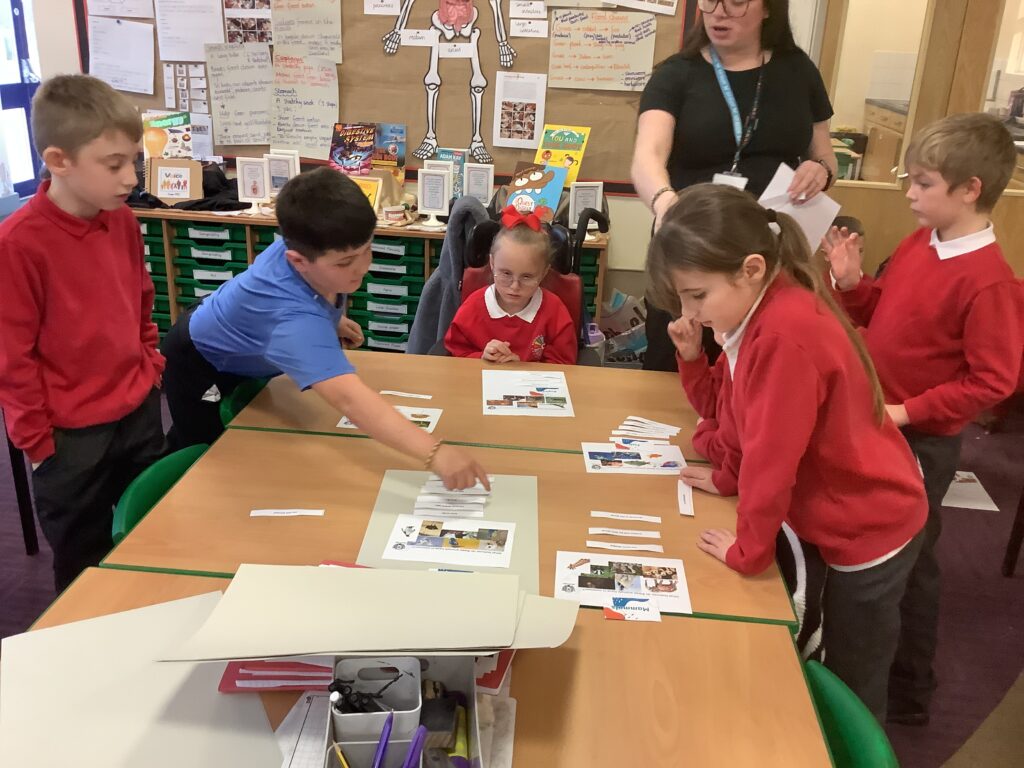
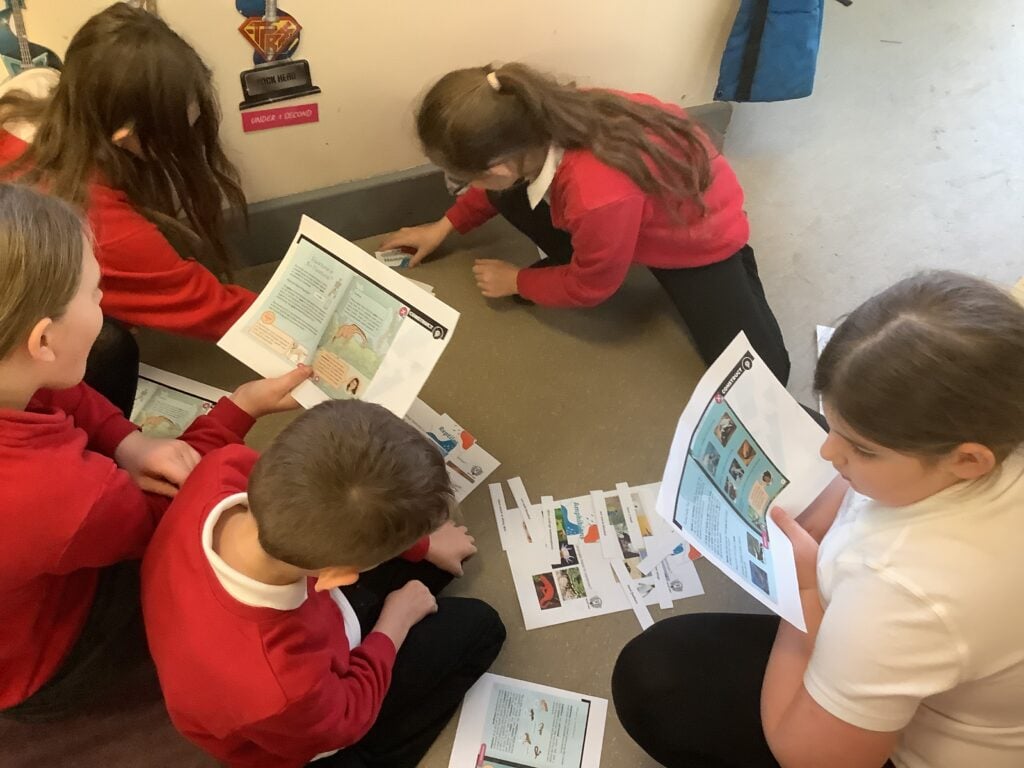
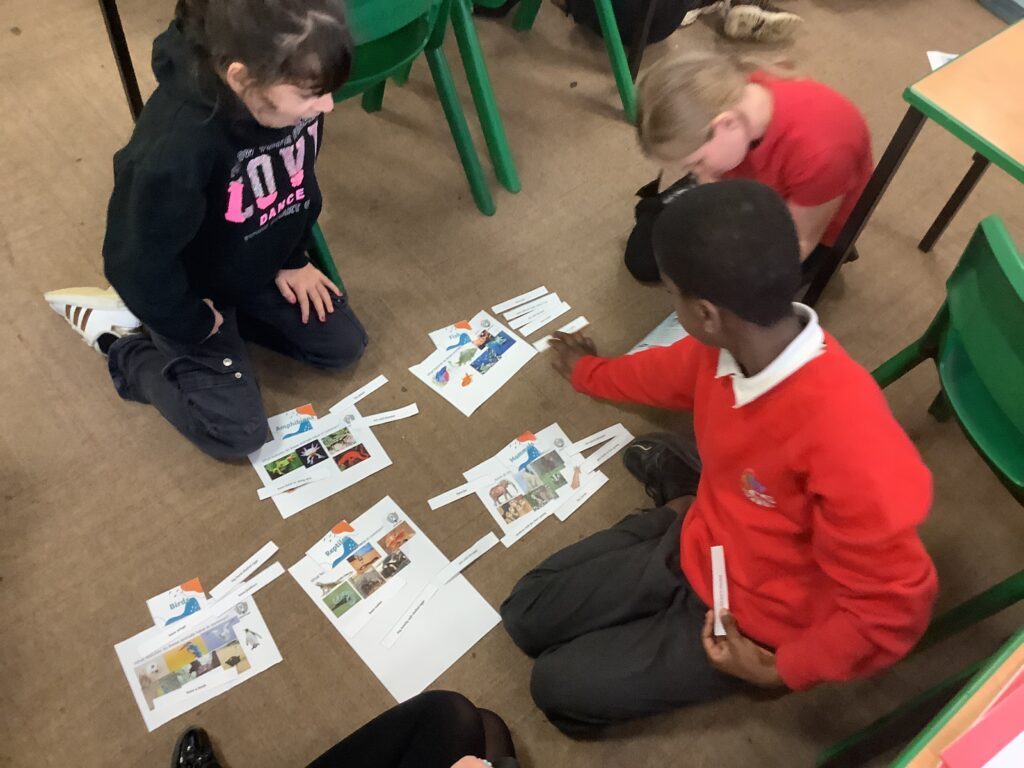
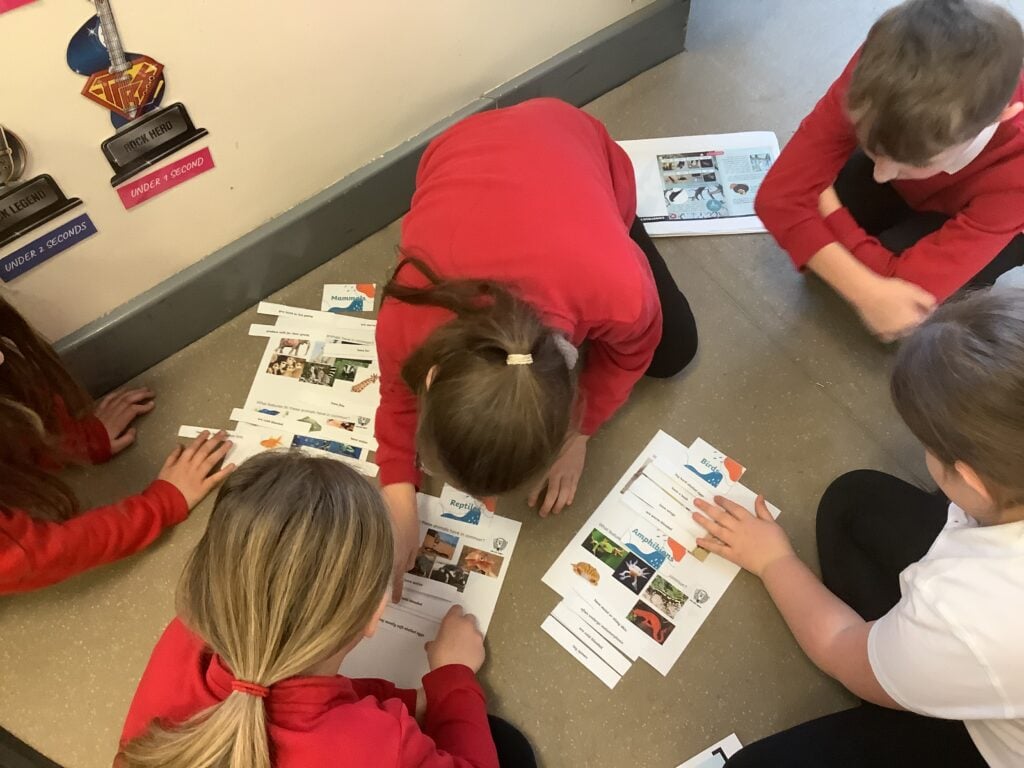
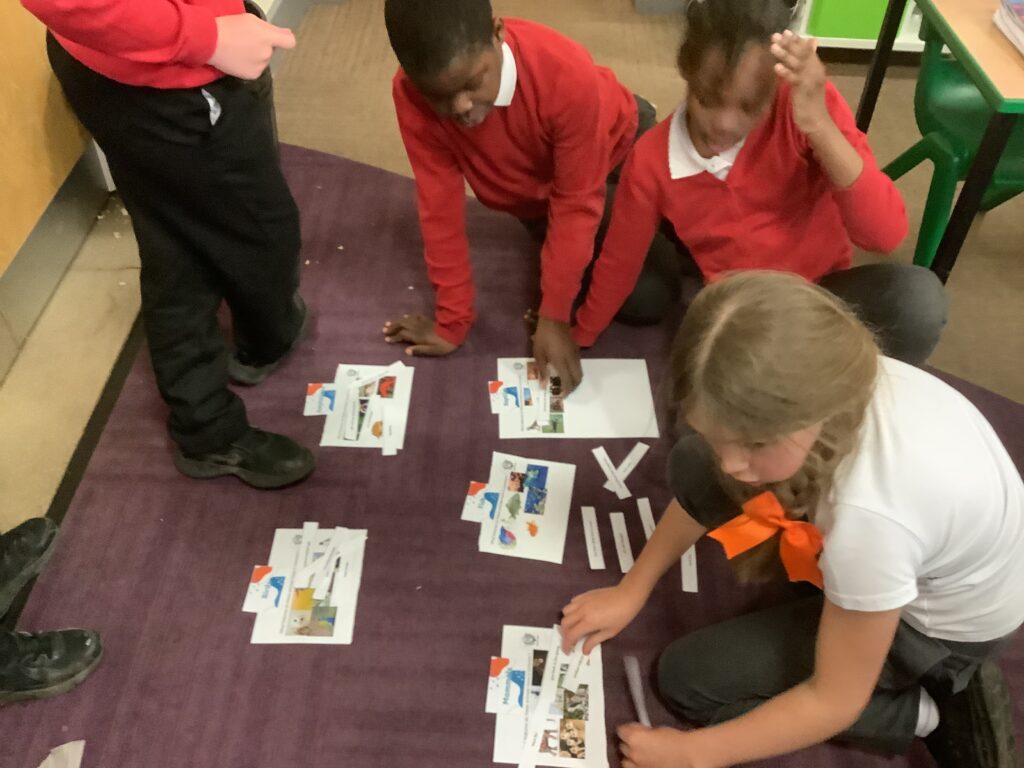
We then took part in a quiz to test our understanding further! We are really enjoying our expeditionary lessons 🙂